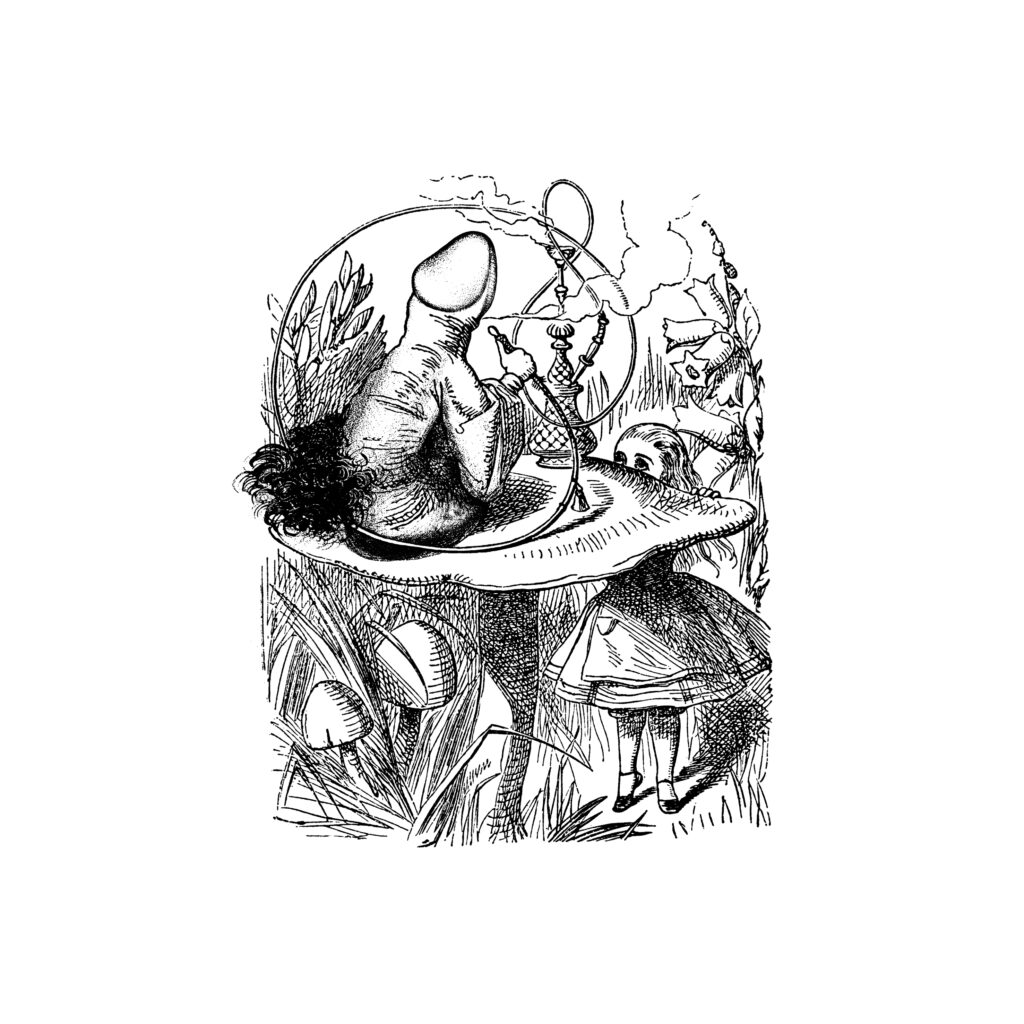( 2023 ) LA MATERIA NON ESISTE [group exhibition] Monica Scardecchia @ Fabbrica del Vapore (Milan, Italy)
LA MATERIA NON ESISTE
x
Back to top
HO·MA·GE
HO·MA·GE
x
(photos by Elias Joidos)
An art installation that pays tribute (homage) to the Pine tree as a symbol of resilience and regeneration. The Pinus Pinea tree is an integral part of the Mediterranean ecosystem and even more so of the coastal area where the ekies resort is found in Chalkidiki, Greece. Seeing one of these trees slowly die made me think of how important it is to preserve it, while transforming it in a symbol that represents the importance of these entities, but also its connection with fire.
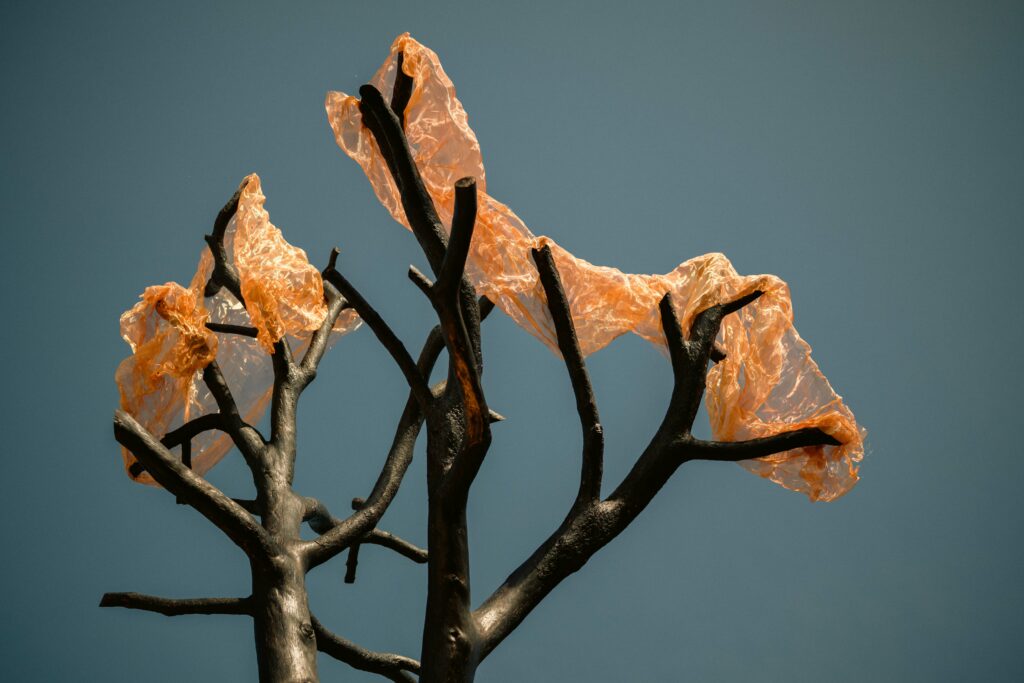




Without its pine needles and branches (which will become soil that will feed new plant life) the pine tree finds new life as a reminder for human beings of its value in the natural space but also as a warning on the danger of wildfires. The main body of the tree was first stripped of its bark and then burned on the surface in order to preserve the wood from decay. This is an ancient technique used in diverse parts of the world in order to preserve wood and especially widespread in Japan where it is known as Yakisugi.





The memory of the foliage is in turn substituted by a golden-red fabric-like mesh composed of copper and brass that will be altered through oxidation in time and become green-brown inverting in a sense the process of fire itself. The Pine tree finds thus new life after it’s apparent death, living on as a symbol but also as an active member of the ekies community (of humans and non-humans) that owes a lot to these silent giants.

Back to top
Part of the Whole
Part of the Whole
x
People are asked to search and choose a stone from the wild that they can comfortably carry with one hand. Then they are asked to press it against their face and find a comfortable position that covers half of it. Once they have found a position that feels comfortable, they are photographed with their chosen stone. After the photo shoot, they are invited to take their chosen stone home with them.




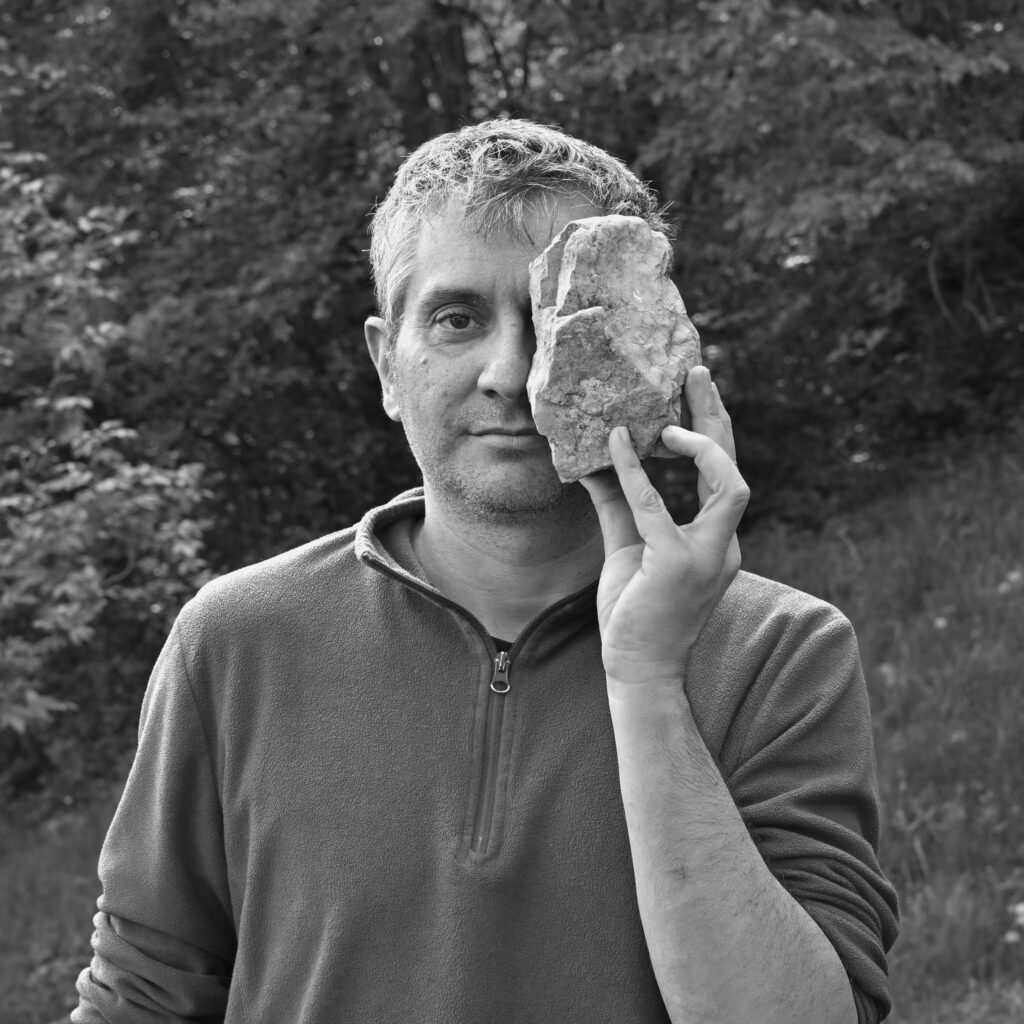
Back to top
ΚΑΤΩΦΛΙ
ΚΑΤΩΦΛΙ
x
A permanent installation at the Museum of Modern Greek Culture (ΜΝΕΠ), located beneath the Acropolis in Athens. A symbolic door that serves as the conceptual entrance to the museum complex itself comprises a series of independent buildings—restored neoclassical houses—forming a small neighborhood. The installation, is entitled ΚΑΤΩΦΛΙ (KATOFLI), which means “threshold” in Greek, intended both literally and metaphorically as the demarcation line for entering another space.



Every house worldwide begins with a door. In Greece, the concept of the door has held particular significance and has been meticulously shaped since antiquity. This form has been translated through the ages and remains evident in all neoclassical buildings. The free-standing installation is encased in a simple iron frame, holding the door as if in the process of being opened, thus inviting visitors towards the museum’s interior. Simultaneously, the upper wooden panels of the old door have been replaced by two mirrors that reflect the people entering the museum, transforming them into both participants and actors within the Greek culture they are about to experience.


Back to top
Εν-ΚΑΤΑΣΤΑΣΗ
Εν-ΚΑΤΑΣΤΑΣΗ
x
Each society is built by its’ people. The people create in turn their culture based on their environment. That culture is reflected in the way they live and where they live: their houses. The MNΕΠ museum is a community made of real houses that expresses this concept.


At the same time Greece is a land of stone. Since ancient times houses where made primarily of stone, a readily available material in most parts of this land.

The archetypal form of a house, coupled with the founding material of the stone construct the concept of this art-piece. A contemporary mural, occupying the wall behind the museum ticket office, that narrates the story of modern Greece, from its’ roots to recent times, in a tale made of stone, history and belief.



Back to top
Natural Process
Natural Process
x
A stone was taken from the mountain and painted with a special matt black colour, ‘flattening’ its appearance as much as possible. The stone thus became a contour or a shape seen from afar, losing its spatiality. Then the stone was brought back to the place where it was originally found and left there in the wild. In the following months, the stone started peeling off, revealing its original nature and losing the black coating.



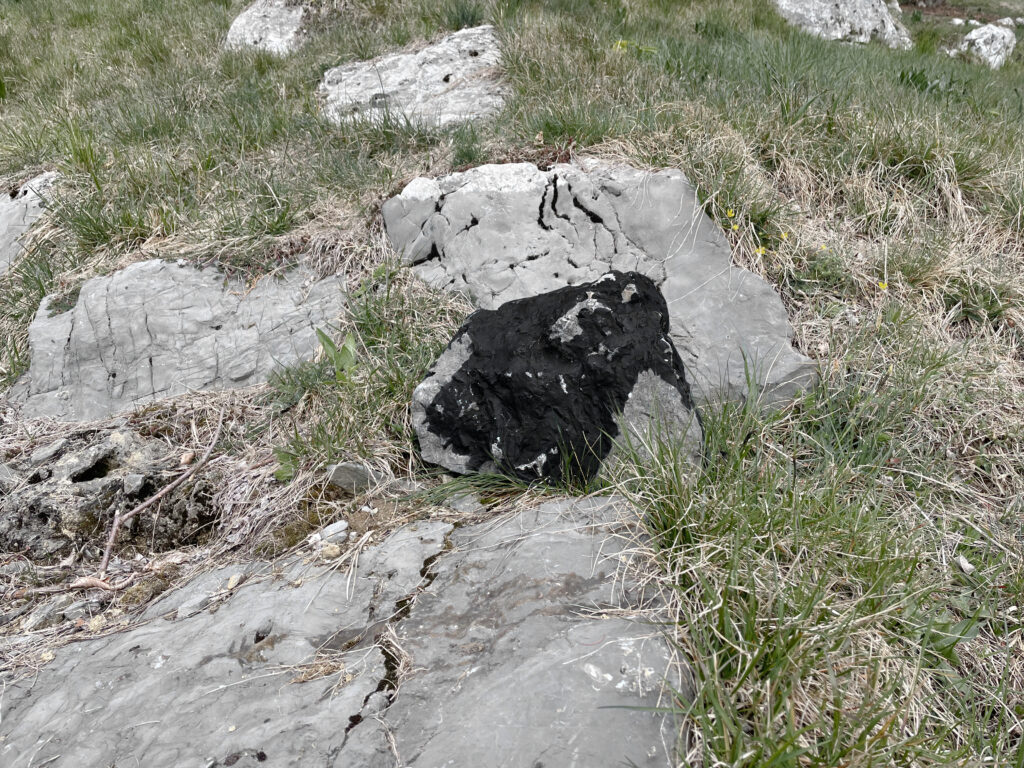

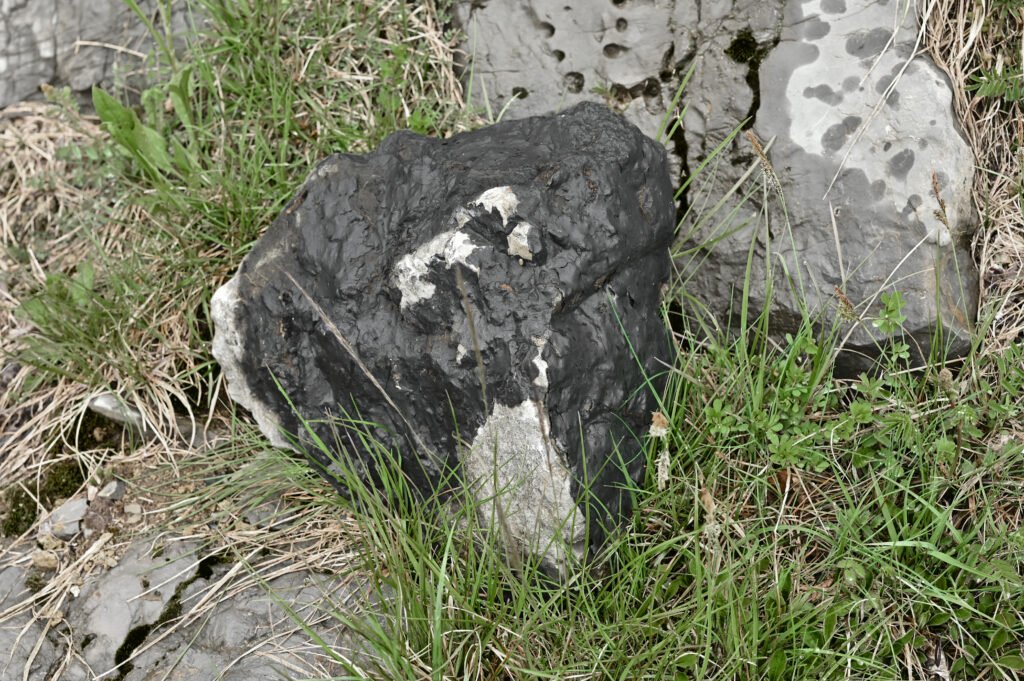

Within seven months from its re-instalment, the exposed side of the stone had turned to its original state. At that point, the stone was overturned so the rest of the remaining coating could be shed. Fifteen months after its initial relocation, the stone had turned back completely to its original state.

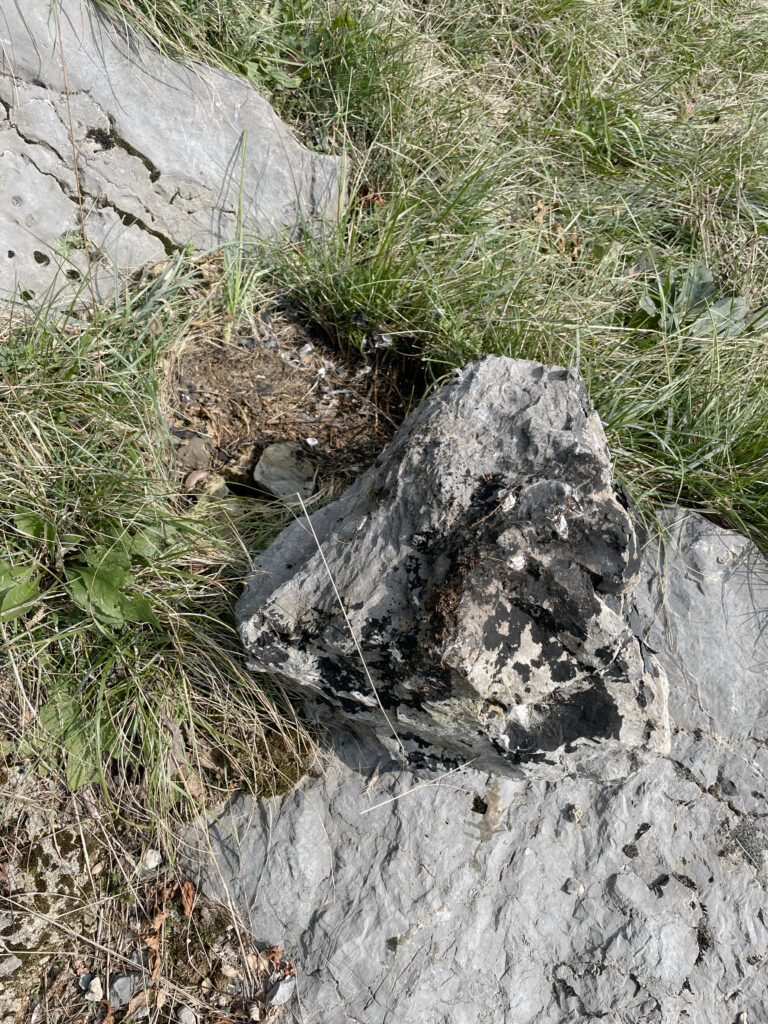

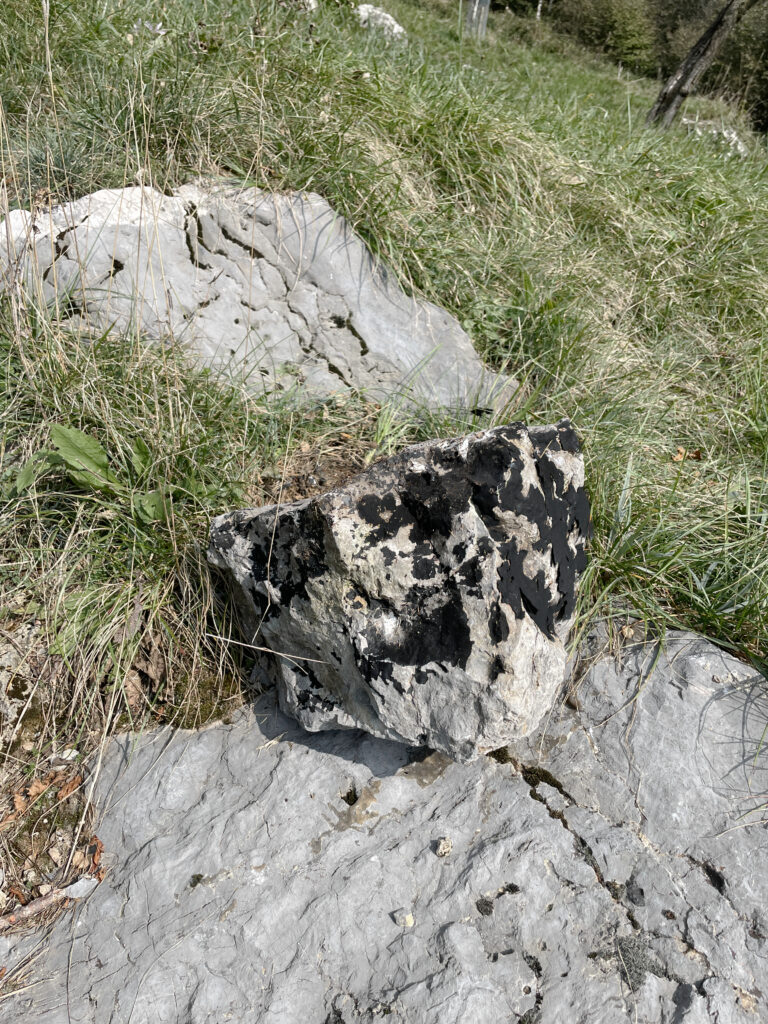





Back to top
Olofragment
Olofragment
x
(stone as a paradigm)
Eternal beginning,
of slow time.
Timeless piece of relentless transformation.
A part of matter,
That is all matter itself.
A fragment.

The concept of Olofragment is related to the sense of belonging. The word itself is composed of two distinct parts: Olo, which in Greek means whole, full, complete, entire and Fragment from the Latin fragmentum meaning a small piece or part, a remnant, literally a piece broken off. Two opposites creating a word that would be meaningless if not for their profound connection: a part can only come from the whole. I believe in fact that the best way to explain this concept is with an analogy or a paradigm if you like, that of the stone.
Imagine a rocky mountain anywhere you want on this planet. Now try and zoom in somewhere near its peak. It so happens that due to meteorological conditions or simply because a wild goat slipped while walking on the side of the mountain a small piece of rock, a stone is detached and starts falling down the mountain slope. Now depending where this mountain is located the stone will gradually slide down towards a valley or a plain, a river or a lake or even directly to the sea. Regardless of its journey the stone will pass through a series of transformations before coming to rest; a rest that is by far static, since the stone will continue to be transformed by external agents taking part in the endless dance that geologists call the rock cycle. Weathering and erosion, deposition and sedimentation, burial and compaction, melting and deformation are some of the external agents that transform a stone throughout its journey. In deep time or in other words geological time, this journey that can last millions or even billions of years. In this time the stone will become part of another mountain that will emerge from the deepest oceans or will simply rise from the ground, altering its existence and moving around to become a new part of the planet’s external layers. Because in the end (and the beginning) the stone is part of the biggest stone that we can experience directly with our senses, this planet that we call Earth.

Humans should learn from the paradigm of the stone. Even though the time and the transformations that we experience are nothing compared to those of a stone, the teachings can be immense. As everything on this planet we are part of its very existence. We are dependent on other agents and we survive thanks to the plenitude of resources that exist on this ‘big rock’. Unlike a stone though we are capable of moving on our own and can decide how, where and when to act. Actions that are interconnected with everything else around us and can create cycles of transformation in a sense not unlike the ones a stone goes through.
The concept of Olofragment can be expressed in many ways in different scenarios on this planet and in the cosmos. It’s true meaning for humans though lies within the understanding that we are just a small part of something bigger than our own infinitesimally small existence and that by itself should be enough to make us live a more conscious and fulfilling life.
Part of the whole, like a stone, and conscious of the amazing journey of life, like a human.
Back to top
ΜΕΡΟΣ ΤΟΥ ΟΛΟΥ
ΜΕΡΟΣ ΤΟΥ ΟΛΟΥ
x
ΦΥΣΗ, ΦΥΣΙΚΟΤΗΤΑ & ΝΕΑ ΟΙΚΟ-ΛΟΓΙΑ
“Από τα πάντα προέρχεται το ένα, και από το ένα τα πάντα.”
— Ηράκλειτος
Όλοι είμαστε ένα. Ένα μικρό πετραδάκι που ξεκολλά από το βουνό και κατρακύλα σιγά σιγά προς την θάλασσα περνώντας δάση και ποτάμια μεγαλώνοντας και μικραίνοντας μέχρι που κάποια στιγμή θα ξαναγίνει μέρος του όλου και θα γυρίσει από τους ωκεανούς να ξαναγίνει βουνό. Ένα ταξίδι που παίρνει χρόνια, αιώνες και παραπάνω, πολύ παραπάνω από μια ανθρώπινη ζωή. Οι άνθρωποι ζουν πολύ λίγο για να κατανοήσουν την σημασία της συμμετοχής στο όλον. Κάποιοι από αυτούς, στην σύντομη παραμονή τους σε αυτήν την χλωμή μπλε κουκίδα , πλησίασαν στην κατανόηση αυτή αλλά δεν μπόρεσαν να την βιώσουν στην πραγματική της διάσταση. Πολύ πριν βρεθώ εδώ, πολύ πριν βγω από τα έγκατα του ηφαιστείου στα παγωμένα νερά του ωκεανού είχα ταξιδέψει στο ατελείωτο κενό, στο ατελείωτο μαύρο πέπλο του σύμπαντος. Ήμουν ακόμα πιο μικρός τότε αλλά τα μεγέθη έμαθα ότι είναι σχετικά… κάποια στιγμή ακόμα πιο πριν (ή ήταν πιο μετά) είμασταν όλοι μαζί, όλοι ένα μικρό σημείο και μετά τα πάντα. Έτσι θα είμαστε πριν όπως και μετά. Τώρα και εδώ. Σε αυτόν τον πλανήτη όπου μοιάζει μια ιδανική μικρογραφία του σύμπαντος. Όλα συνδεδεμένα σε έναν ατελείωτο χορό μεταμόρφωσης. Από το μεγάλο στο μικρό και ανάστροφα. Δεν υπάρχει διαχωρισμός μεταξύ οργανικού και ανόργανου μιας και η ζωή δημιουργείται και μπορεί να πάρει πολλές μορφές. Στο άπειρο ο χρόνος δεν είναι παρά ένα μικρό διάλειμμα για να σκεφτεί κανείς την επινόηση του. Μακάριοι αυτοί οι απειροελάχιστα μικροί οργανισμοί που συνειδητοποιούν την ύπαρξη τους και ας μην έχουν ακόμα ολοκληρωτικά κατανοήσει τι σημαίνει να είσαι μέρος του όλου και πως το ένα συνδέεται με το άλλο και το άλλο με το ένα και το όλον. Ίσως τώρα που πλησιάζουν στην τελική τους μεταμόρφωση να το κατανοήσουν -γιατί δεν έχουν άλλη επιλογή, μετά δεν θα μπορούν να εκτιμήσουν την πρόσκαιρη τους ύπαρξη. Όχι πως και έχει σημασία· ούτως ή άλλως θα γυρίσουν να γίνουν ξανά και αυτοί μέρος του όλου, ένα πετραδάκι σαν και εμένα, μέρος αυτού του μικρού πλανήτη μέσα στο απέραντο σύμπαν.
Απόσπασμα αφήγησης από το χρονοχωρικό έπος Olofragments.

Από την Μεγάλη Πέτρα στον Μικρό Άνθρωπο
Οι πέτρες θα έπρεπε να είναι οι μεγάλοι μας δάσκαλοι. Οι μεταμορφικές, οι ιζηματικές, οι ηφαιστειακές, όλες οι πέτρες, ανεξάρτητα από την προέλευση τους, μιας και στον κοσμικό και πλανητικό χορό τα πάντα είναι σε διαρκή μετάλλαξη. “Τα πάντα ρει, μηδέποτε κατά τ’αυτό μένει” είχε πει ο Ηράκλειτος, στην οπτική του γεωλογικού χρόνου δεν υπάρχει ένα πράγμα, υπάρχει η μετάλλαξη. Δεν είναι μόνο οι πέτρες, είναι τα πάντα στην φύση που προέκυψαν και θα προκύπτουν ως μια συνεχής μεταμόρφωση των δομικών υλικών που δημιουργήθηκαν τις πρώτες στιγμές της γέννησης του σύμπαντος μας. Δεν ξέρουμε τι υπήρχε πριν ή ακόμα περισσότερο τι μπορεί να υπάρχει παράλληλα. Ο χρόνος είναι ένα φαινόμενο που παρατηρούμε χάρη στην βιολογική μας εντροπία, αν και ακόμα προσπαθούμε να κατανοήσουμε τι ακριβώς είναι και αν όντως υφίσταται. Αυτό που φαίνεται ότι ενστικτωδώς κατανοούμε είναι ότι υπάρχουμε και το ότι ζούμε σε ένα πλανήτη που μας παρέχει ότι χρειαζόμαστε για να επιβιώσουμε. Και εδώ ακριβώς είναι το μεγάλο λάθος μας: ότι νομίζουμε πως όλα αυτά γύρω μας υπάρχουν για να μας εξυπηρετούν. Αυτό είναι που ονομάζουμε ανθρωποκεντρισμό . Και το κάνουμε, άθελα μας και μη, από την στιγμή που γεννιόμαστε. Ο άνθρωπος από την αρχή του είδους μας (που ειρωνικά ονομάζουμε Homo Sapiens αν και ήταν πιθανότατα το πιο βίαιο από τα είδη των Ανθρωποειδών) πριν περίπου 300.000 χρόνια προσπαθούσε να επιβιώσει ανταγωνιζόμενος τα άλλα είδη αλλά και τα φυσικά φαινόμενα στο περιβάλλον που ζούσε. Στην σύντομη όμως διαμονή μας σε αυτόν τον πλανήτη έχουμε καταφέρει να βελτιώσουμε κατά πολύ τις συνθήκες διαβίωσης μας με αποτέλεσμα πλέον να μην χρειάζεται να ανησυχούμε τόσο για την επιβίωση μας αλλά να επινοούμε πράγματα που φαινομενικά την κάνουν, τουλάχιστον για τους τυχερούς από εμάς, πιο εύκολη και ευχάριστη. Παρόλα αυτά συνειδητοποιούμε, όλο και περισσότερο, ότι αυτή η προσέγγιση δεν είναι βιώσιμη για πολλούς άλλους οργανισμούς που συνυπάρχουν με εμάς σε αυτόν τον πλανήτη και πλέον ξέρουμε ότι κατά συνέπεια ούτε και για εμάς τους ίδιους (ανθρωποκεντρική σκοπιά πάντα). Ξέρουμε επίσης ότι η Καρτεσιανή άποψη που θέλει τον άνθρωπο να δαμάζει την φύση δεν έχει πλέον νόημα. Ποια όμως είναι τελικά η σχέση μας με την φύση και πως την κατανοούμε;
Από την Φύση στην Φυσικότητα
‘Οταν αναφέρουμε τον όρο φύση εννοούμε συνήθως το σύνολο των πραγμάτων που απαρτίζουν την αντίληψη του βιολογικού συνόλου του κόσμου τον οποίο βιώνουμε. Η λέξη προέρχεται από το αρχαίο ελληνικό ρήμα φύω/-ομαι (που έχει την ‘Ινδο-Ευρωπαϊκή ρίζα *bhew-ə- είμαι, υπάρχω και ειδικότερα αναπτύσσομαι, φυτρώνω, βλαστάνω, αυξάνω) και είχε στην αρχαιότητα ευρύ σημασιολογικό πεδίο: προέλευση, γέννηση, ανάπτυξη καθώς και φυσική μορφή αλλά και γενικότερα το σύνολο όσων αποτελούν το περιβάλλον (αντίστοιχο του λατινικού natura). Το ανθρώπινο είδος αποτελεί φυσικά(!) μέρος αυτού που ορίζουμε ως φύση, μιας και πλέον γνωρίζουμε με βεβαιότητα ότι είμαστε απόρροια της φυσικής εξέλιξης. Από πολύ νωρίς όμως ο άνθρωπος, στην κατανόηση και την περιγραφή του κόσμου που τον περιβάλλει, έβγαλε τον εαυτό του από την εξίσωση. Αν κανείς ψάξει κατά συνέπεια την σημασία της λέξης φυσικό θα βρει ότι ως ‘φυσικό’ ορίζεται κάτι το οποίο δεν παράγεται από τον άνθρωπο αλλά βρίσκεται στην μορφή που έχει στην φύση. Από την άλλη είμαστε πλέον βέβαιοι ότι ο κάθε ένας από εμάς είναι προϊόν και μέρος του φυσικού κόσμου . Εφόσον λοιπόν ο άνθρωπος είναι μέρος της φύσης, δεν είναι λογικό να συμπεράνουμε ότι και οτιδήποτε παράγουμε ή δημιουργούμε είναι φυσικό;
Όταν ένας κάστορας κατασκευάζει ένα φράγμα αλλοιώνοντας την φορά και ακόμα και την μορφή ενός ποταμού, θεωρούμε ότι είναι ένα φυσικό ή τεχνητό αποτέλεσμα; Δεν συμβαίνει μήπως το ίδιο κάθε φορά που ένα πουλί κατασκευάζει την φωλιά του μεταφέροντας υλικά και αλλάζοντας τον χώρο που έχει επιλέξει να εγκατασταθεί; Η διαφορά μεταξύ του ανθρώπου και των άλλων ειδών έγκειται κυρίως στον βαθμό της αλλαγής που επιφέρει στην αρχική φυσική κατάσταση των πραγμάτων, αυτή δηλαδή με την οποία τα παίρνει από την φύση. Από την άλλη μεριά ο ίδιος ο άνθρωπος επεμβαίνει πολλές φορές ‘διορθωτικά’ στην φύση προσπαθώντας να την εμπλουτίσει (νιώθοντας τύψεις αλλά και την επιτακτική πλέον ανάγκη), όπως στο παράδειγμα μιας απλής δεντροφύτευσης σε περιοχές που έχουν πληγεί εξ αιτίας τις ίδιας της αμέλειάς του. Πότε λοιπόν αυτά τα τεχνητά φυτεμένα δέντρα μπορούν να θεωρηθούν ανεξάρτητα της ανθρώπινης επέμβασης και κατά συνέπεια αμιγώς φυσικά; Πότε θα μπορούσαμε να πούμε ότι οι πράξεις του ανθρώπου είναι αμιγώς τεχνητές (ή φυσικές παράλληλα) μιας και οποιαδήποτε αλλαγή επιφέρουμε στο πλανητικό σύστημα έχει αρχή και τέλος το ίδιο; Από τα παραπάνω παραδείγματα μπορεί κανείς εύκολα να συμπεράνει ότι ο διαχωρισμός μεταξύ φυσικού και τεχνητού δεν είναι και τόσο ξεκάθαρος. Θα μπορούσαμε λοιπόν να μιλήσουμε για επίπεδα ‘φυσικότητας’ και αντίστοιχα ‘τεχνητότητας’: τα επίπεδα μετάλλαξης δηλαδή από την αρχική μορφή ενός πράγματος στην φύση μέχρι την τελική του μορφή ύστερα από την ανθρώπινη επέμβαση.
Κατά συνέπεια όντας μέρος της φύσης ότι και αν κάνουμε είναι κατά μια έννοια φυσικό, δηλαδή έχει γίνει από ένα μέρος της φύσης. Ακολουθώντας αυτόν τον συλλογισμό όμως δεν πρέπει να πέσουμε στην παγίδα που δικαιολογεί κάθε μας πράξη ανεξαρτήτως του αποτελέσματος. Τουναντίον, έχοντας καταφέρει σαν είδος να φτάσουμε σε αύτη την συνειδητοποιημένη αντίληψη για εμάς και τον υπόλοιπο φυσικό κόσμο είναι λογικό να κατανοήσουμε πως κάθε μας πράξη -μικρή ή μεγάλη- επιφέρει αλλαγές στο περιβάλλον που ζούμε. Όταν, πολύ απλά, πετάξουμε μια πλαστική συσκευασία στην θάλασσα, αυτή θα διασπαστεί σιγά σιγά σε πολλά μικρά κομματάκια τα οποία θα τα φάνε τα ψάρια και πολύ πιθανά και εμείς στην συνέχεια. Το θέμα όμως δεν είναι ότι θα τα φάμε και εμείς (αυτό είναι το προφανές) το θέμα είναι ότι δεν έχουμε συνείδηση της πράξης μας γιατί θεωρούμε τον ευατό μας εκτός της φύσης. Ήδη αγοράζοντας αυτή την συσκευασία θα έπρεπε να αναλογιστούμε το τί θα την κάνουμε αφού χρησιμοποιήσουμε το περιεχόμενο της (γιατί χρειάστηκε να έχει μια συσκευασία;) καθώς και πως αυτή κατασκευάστηκε, η ενέργεια που απαιτήθηκε γι’αυτό και τι εναλλακτικές θα μπορoύσαν να υπήρχαν σε αυτή. Και αυτό ακριβώς προσπαθούμε να κάνουμε αλλάζοντας (όπου υπάρχει η πολυτέλεια να γίνει κάτι τέτοιο) τον τρόπο και τα υλικά παραγωγής καθώς και την ανακύκλωση αυτών των υλικών. Προσπαθούμε δηλαδή να διορθώσουμε ένα πρόβλημα που εμείς έχουμε δημιουργήσει. Οι άνθρωποι ζούσαν άνετα και πριν την επινόηση των πλαστικών (παραδειγματικά τεχνητά υλικά με πολλά επίπεδα μετάλλαξης και κατά συνέπεια ‘τεχνητότητας’ ή αλλιώς πολυμερή που προκύπτουν από την σύνθεση οργανικών στερεών υλικών) και ακόμα πιο άνετα ύστερα από την επινόηση τους. Δεν είναι τα πλαστικά το πρόβλημα. Είναι η επίγνωση του ενεργειακού κόστους της κατασκευής τους, του τρόπου ανακύκλωσης τους και, πάνω απ’όλα, της ανάγκης ύπαρξης τους. Τώρα πλέον που συνειδητοποιούμε πόσο αλληλένδετες είναι οι πράξεις μας με τον υπόλοιπο φυσικό κόσμο πρέπει να αλλάξουμε τον τρόπο σκέψης μας από την λογική της παραγωγής στην λογική της σχέσης.


Από την Οικο-Νομία στην Νέα Οικολογία
Ο όρος Οικολογία επινοήθηκε από τον Γερμανό βιολόγο Ernst Haeckel το 1866, συνθέτοντας τις ελληνικές λέξεις «οίκος» και «λόγος». Με άλλα λόγια αυτό που μιλάει για το σπίτι μας. Ο ίδιος όρισε την οικολογία ως «επιστήμη της σχέσης των οργανισμών με το περιβάλλον». Από τότε η ιστορία της οικολογίας έχει περάσει από πολλά στάδια ξεκινώντας ως μελέτη του φυσικού κόσμου (Περιβαλλοντολογία) και καταλήγοντας να γίνει μέχρι και πολιτικό κίνημα (Πολιτική Οικολογία). Σε όλο αυτό το διάστημα έχουμε πλέον κατανοήσει την σημασία της και την ανάγκη αλλαγής νοοτροπίας αλλά αδυνατούμε ακόμα να αλλάξουμε τις συνήθειες μας και να εφαρμόσουμε βιώσιμους τρόπους συμβίωσης στο σύνολο μας. Είναι προφανές ότι χρειαζόμαστε μια νέου είδους οικονομία (όπως δικαίως μας διδάσκει η ετυμολογία της λέξης, να διαχειριστούμε δηλαδή καλύτερα το σπίτι μας) η οποία μπορεί να έρθει μόνο από μια καινούρια κατανόηση και κουλτούρα της οικολογίας. Κάτι άλλωστε που έχει αρχίσει να διαφαίνεται τα τελευταία χρόνια και κατά -όχι και τόσο περίεργο τρόπο- σχηματοποιείται όλο και περισσότερο τις στιγμές καταστροφικών συμβάντων, όπως η πρόσφατη πανδημία. Η οικολογία αποτελεί, στην βάση της, μια διακλαδική και ολιστική επιστήμη μιας και αξιοποιεί τις γνώσεις και την έρευνα πολλών φαινομενικά ετερόκλητων πεδίων. Αρχικά αυτή η νέα οικολογία πρέπει να αναγνωριστεί καθολικά ως η μητέρα των επιστημών περιλαμβάνοντας τη φυσική, τη βιολογία, τη χημεία, τα μαθηματικά και πολλές άλλες, φυσικές και μη, επιστήμες όπως η κοινωνιολογία. Ο Alfred North Whitehead , σε μια σειρά από διαλέξεις του με τίτλο ‘The Concept of Nature’, είχε ήδη αναφερθεί σε κάτι τέτοιο, πάνω από έναν αιώνα πριν. Ο ίδιος άλλωστε ισχυριζόταν ότι «υπάρχει επιτακτική ανάγκη να δει κανείς τον κόσμο σαν ένα δίκτυο αλληλένδετων διαδικασιών του οποίου είμαστε αναπόσπαστα κομμάτια, με τέτοιον τρόπο ώστε όλες μας οι επιλογές και πράξεις να έχουν αντίκτυπο στον κόσμο γύρω μας». Για αυτό, άλλωστε, οι θεωρίες του βρίσκουν σήμερα εφαρμογή σε πεδία όπως η περιβαλλοντολογική ηθική και η κουλτούρα της οικολογίας γενικότερα.
– Η νέα οικολογία προτείνει μοντέλα και τρόπους συμβίωσης με τους υπόλοιπους οργανισμούς του πλανήτη -δεν πρέπει απλά να προσπαθεί να διορθώσει τα λάθη που έχουμε κάνει σαν ανθρωπότητα.
– Η νέα οικολογία αναλογίζεται αν χρειάζεται να κατασκευάσει κάτι ή όχι -δεν αρκείται στο να κατασκευάζει καινούρια πράγματα με καινοτόμες τεχνολογίες και ανακυκλωμένα (ή ανακυκλώσιμα) υλικά.
– Η νέα οικολογία χρησιμοποιεί αυτά που ήδη υπάρχουν βελτιώνοντάς τα, και άρα χωρίς να φορτίζει περαιτέρω τα υπάρχουσα οικοσυστήματα.
– Η νέα οικολογία μαθαίνει από την γνώση του παρελθόντος έτσι ώστε να μπορεί να την ενσωματώσει στον σύγχρονο και μελλοντικό τρόπο ζωής (βλ. Lo-TEK design).
– Η νέα οικολογία έχει την βάση της στην εκπαίδευση και την κατανόηση της θέσης μας ως μέρος του όλου και όχι στην δημιουργία επιχειρηματικών μοντέλων (green business).
– Η νέα οικολογία δημιουργεί καινούρια κοινωνικοπολιτικά δίκτυα που εμπεριέχουν και άλλες οντότητες του πλανήτη, αντί να πουλάει πακέτα αντιστάθμισης ρύπων στο διαδίκτυο στην άλλη άκρη του κόσμου.
– Η νέα οικολογία είναι εδώ και μπορεί να επιτευχθεί ουσιαστικά μέσα από την εκπαίδευση και την κουλτούρα σε όλα τα επίπεδα και στάδια της ζωής μας.
– Η νέα οικολογία, τέλος, είμαστε όλοι εμείς, ο καθένας μέσα από την ατομική του ζωή και βιώματα, που φτιάχνουμε τα έργα, τα αντικείμενα, τις επιχειρήσεις, τους νόμους και όλες τις σχέσεις που καταρτίζουν την κοινωνία των ανθρώπων, που πλέον ξέρουμε ότι δεν μπορεί (και δεν είναι) ανεξάρτητη του φυσικού κόσμου. Όταν κατανοήσουμε χειροπιαστά τι σημαίνει αυτό και οδηγηθούμε σε μια πλανητική συνείδηση, τότε θα μπορούμε πραγματικά να μιλήσουμε για ηθική και ελευθερία. Τότε θα μπορέσουμε να γίνουμε το ανθρώπινο είδος που νομίζουμε ότι είμαστε. Όταν κατανοήσουμε ότι είμαστε πραγματικά μέρος του όλου, τότε θα βρούμε ο καθένας την θέση του στον πλανητικό κήπο του Giles Clement , σαν κηπουροί αλλά και συνάμα πετραδάκια σε αυτόν τον υπέροχο κήπο που ονομάζουμε πλανήτη γη.
1 Όπως πολύ χαρακτηριστικά είχε πει ο Carl Sagan βασισμένος στην φωτογραφία που τράβηξε το Voyager στις 14 Φεβρουαρίου του 1990 από την άκρη του ηλιακού μας συστήματος: “…Έχει ειπωθεί ότι η αστρονομία είναι μία ταπεινή εμπειρία που οικοδομεί χαρακτήρες. Ίσως να μην υπάρχει καλύτερη απόδειξη της ανοησίας των ανθρώπινων αλαζονειών και τις εγωπάθειας από αυτήν τη μακρινή εικόνα του μικροσκοπικού μας κόσμου. Για εμένα, υπογραμμίζει την ευθύνη μας να αντιμετωπίσουμε πιο ευγενικά ο ένας τον άλλον, και να διαφυλάξουμε και να αγαπάμε τη χλωμή μπλε κουκκίδα, το μόνο σπίτι που έχουμε γνωρίσει ποτέ.”
2 Αυτή η ανθρωποκεντρική μας προσέγγιση προδίδεται άμεσα και από την ίδια την λέξη περιβάλλον: κάτι το οποίο βρίσκεται γύρω μας αλλά δεν μας περιέχει
3 Και ακόμα πιο πριν από την εποχή του πρώτου μέλος της ταξινομικής οικογένειας των Ανθρωπίδων που εικάζεται ότι μπορεί να είναι ο Graecopithecus που έζησε πριν 7.2 εκατομμύρια κοντά στην σημερινή Αθήνα.
4 Ετυμολογικό Λεξικό, Γ. Μπαμπινιώτη, 2009.
5 Κάτι που πρώτοι διαπίστωσαν ο Charles Darwin και ο Alfred Russel Wallace περί τα μέσα του 19ου αιώνα με την θεωρία της φυσικής επίλογης της εξέλιξης των ειδών. Πρωταρχικές ιδέες παρόμοιες αυτών των θεωρίων είχαν διατυπωθεί και στην αρχαία Ελλάδα από τον Αναξίμανδρο (Περι της γενέσεως των οργανικών όντων) και τον Εμπεδοκλή (Περί φύσεως – Ζωογονία).
6 Ανήκουμε συγκεκριμένα, σύμφωνα με την σύγχρονη βιολογία, στην οικογένεια των Ανθρωπίδων (Hominidae) που είναι μέρος της ομοταξίας των Θηλαστικών (Mammalia) και που ανήκει στο βασίλειο των Ζώων (Animalia). Σε αυτό δε το βασίλειο υπολογίζεται ότι ανήκουν πάνω από 7 εκατομμύρια αρτίγονα είδη -έχουν περιγραφεί περίπου 1,5 εκατομμύρια μέχρι στιγμής μεταξύ των οποίων οι σπόγγοι, οι μέδουσες και τα έντομα (που και απαρτίζουν σχεδόν το 70% του συνόλου).
7 Πρόδρομος της οικολογίας θεωρείται ο Θεόφραστος (μαθητής και διάδοχος του Αριστοτέλη), ο οποίος περιέγραψε αλληλεπιδράσεις μεταξύ οργανισμών καθώς και μεταξύ οργανισμών και του περιβάλλοντός τους, ήδη από τον 4ο αι. π.Χ. Ο Θεόφραστος είχε παρατηρήσει ότι τα φυτά αναπτύσσονται καλύτερα στον «οικείο τόπο» τους ή, όπως θα λέγαμε σήμερα, στο κατάλληλο ενδιαίτημα (habitat).
8 Mαθηματικός & φιλόσοφος και πατέρας της Φιλοσοφίας της Διαδικασίας, η οποία σήμερα έχει βρει εφαρμογή σε μια ευρεία ποικιλία επιστημονικών κλάδων. Στην αρχή της σταδιοδρομίας του ο Whitehead έγραψε κυρίως για τα μαθηματικά, τη λογική και τη φυσική και έστρεψε σταδιακά την προσοχή του στη φιλοσοφία της επιστήμης και τελικά στη μεταφυσική. Υποστήριξε ότι η πραγματικότητα αποτελείται από διαδικασίες, αντί για υλικά αντικείμενα, και ότι οι διαδικασίες είναι καλύτερο να ορίζονται από τις σχέσεις τους με άλλες διαδικασίες, απορρίπτοντας έτσι τη θεωρία ότι η πραγματικότητα είναι θεμελιωδώς κατασκευασμένη από κομμάτια της ύλης που υπάρχουν ανεξάρτητα το ένα από το άλλο.
9 Lo-TEK, Design by Radical Indigenism είναι μια ενδιαφέρουσα αρχιτεκτονική προσέγγιση που συστηματοποιήθηκε από την Julia Watson με στόχο την κατανόηση της φιλοσοφίας και παραδοσιακής αρχιτεκτονικής ιθαγενών σε διάφορα μέρη του κόσμου που παράγουν αειφόρες και κλιματικά ανθεκτικές δομές σε αρμονία με το φυσικό περιβάλλον.
10 Κηπουρός, αρχιτέκτονας τοπίου, βοτανολόγος, εντομολόγος και συγγραφέας ο Gilles Clement εκτός από την σχεδιασμό σημαντικών βοτανολογικών κήπων στην Γαλλία έχει διδάξει και γράψει βιβλία πάνω στην έννοια της αειφορίας στα φυσικά οικοσυστήματα με τον κήπο σαν μοντέλο. Ανέπτυξε συγκεκριμένα την ιδέα του Πλανητικού Κήπου και Πλανητικού Κηπουρού όπου ο άνθρωπος έχει έναν ρόλο συνειδητοποιημένου κηπουρού-επιστάτη στον πλανήτη μας που αποτελεί κατά κάποιον τρόπο έναν τεράστιο κήπο με όρια την ίδια την βιοσφαίρα.
Back to top
Forest Arrangements
Forest Arrangements
x
Nature is undoubtedly the biggest creator of them all and humans are undoubtedly part of nature. What could be more ‘natural’ than to create with and within nature… a series of open ended works that explore the relationship between the amazing forms that trees create and the situations that we can orchestrate. An exercise of observation and positioning, balance and relationship.
Focusing on the elements found within a forest, these land art installations aim to blur the boundaries of understanding between natural and artificial. Artworks that begin and form part of the never-ending process of transformation on this planet, of growth and decay: composition-decomposition-recomposition.




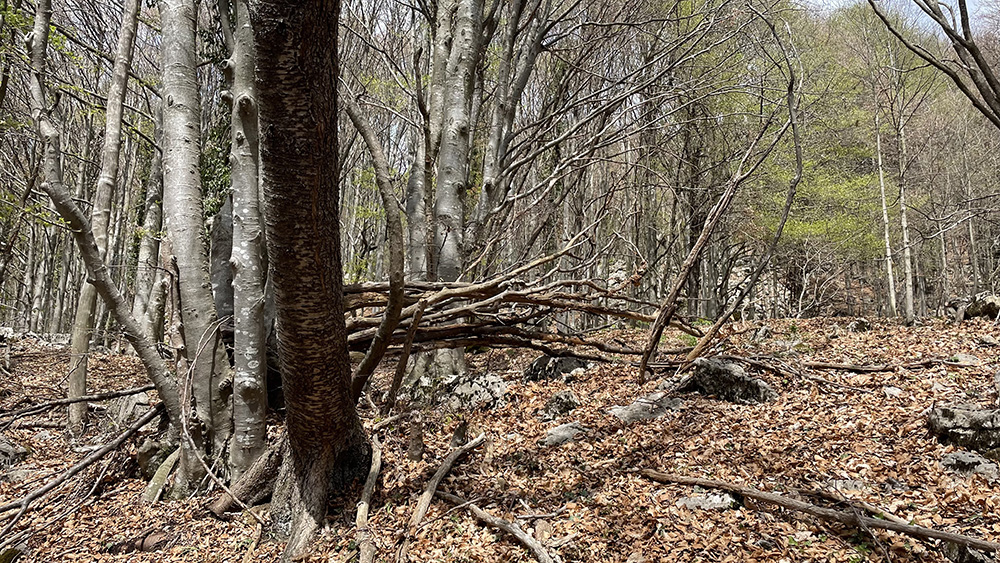




Back to top
D&D and the Metaverse(s)
D&D and the Metaverse(s)
x
It’s on everybody lips: metaverse; a term that is becoming more and more popular but its’ precise meaning eludes even field experts. Supposedly a single shared virtual space, the current version of the metaverse is shaping up as a multiverse: a multitude of metaverses with limited interoperability. As companies compete for position in the market anything from a video game to a Virtual Reality (VR) concert application counts as a ‘metaverse’. Some take it even further, calling the collection of various metaverses a ‘multiverse of metaverses’ or maybe it would be more accurate to say that we are living in a ‘hybrid-verse’. But let’s take a few steps back and see how we arrived to all this.

It was Neal Stephenson who invented the word in his science fiction novel Snow Crash, published in 1992, in a world not unlike the one we are living today, where humans interact with each other in a virtual 3d space, an evolution of the classic internet. The realisation of such an online community became for many people a reality in 2003 with the introduction of Second Life (undeniably a fitting name) a computer game where you can be -almost everything- you imagine1. Video games have expanded their internet presence since then, creating diverse online communities akin to the original concept of the metaverse. There, people can meet and exchange information, but also commodities that correspond to real monetary values2 related to diverse economic systems. With the advent of cryptocurrencies and blockchain these transactions are easier and more secure, decentralising ownership and information thus paving the way to real expressions of metaverses around the net.
We know that our world evolves around commerce and it feels at times that everything else exists just to serve that bigger purpose. Consequently, most of these metaverses are becoming enlarged marketplaces where people are encouraged to find new ways to consume products that they don’t necessarily need, especially since they exist only virtually. On the other hand, I am convinced that many of us, even though we live within the fabrics of human society with its’ intricate commercial connections, are driven in our choices and interests by other reasons as well. Reasons that come from simple good old curiosity and the yearn for knowledge that makes people imagine, discover and create amazing things. Metaverses can be both and more. But let’s explore things from a different a perspective.
The etymology of the word metaverse comes from the Greek meta (μετά) meaning after/beyond and the Latin universe (which in turn derives from the word universum, that is all things as one, as a whole -from uni, one and verse meaning turn(ed)/direction). In other words, ‘metaverse’ stands for another or an alternate universe beyond the one we experience directly through our senses. As a matter of fact the word fits quite nicely with the experience/concept that it describes. If one though thinks a bit further it is easy to see that this word can be used to describe diverse situations where each one of us experiences different kind of ‘universes’, all within the one we collectively3 perceive and physically live in.
Let’s think for a second the worlds we can create in our minds. Each one of us can imagine incredible things (maybe not formed in a precise manner but incredible nonetheless) putting together her past experience and inventiveness. Now let’s think about the experiences of the worlds and scenarios that we create while dreaming. We are undoubtedly the protagonists (and if not, certainly fellow participants) of our dreams in a world of endless possibilities that we subconsciously create. These dreamy metaverses can take many forms, and more than once, they surprise us with their originality and imagery that often goes beyond what we could conjure during our conscious hours. Having said that, dreams are not experiences that we can choose to enter consciously or even at times be aware of participating in. Other instances, like books for example, are also able to evoke -and once more with the help of our minds- create amazing worlds and experiences that we can feel part of. The genre of Fantasy Books is especially suited for such instances since more often than not they describe with amazing detail alternative worlds to our own, as result of a meticulous world-building process done by the author. Such level of detailed construction enables the reader to transport herself within that realm creating at times a proper metaverse experience. It so happens that if the book is compelling enough we identify with the characters that constitute the story, creating within our minds the experiences in distant alternate universes. There are numerous examples in literature of imaginary places4 and among these, there are even worlds within worlds with characters that are able to transcend the limits of each of the universes in which they apparently exist. A striking example is that of Michael Moorcock’s Eternal Champion, a being that exists in different forms throughout the Multiverse that connects and constitutes the author’s books. In such an example the main character (and the reader along with it) assume different identities in equally different worlds not very much unlike each one of us in different experiences of metaverses. Taking now this metaverse-like experiences a step further, from the worlds of fantasy novels one easily arrives with ease to the world of Fantasy Role-Playing.
Role playing can take many forms within diverse contexts (I know what some of you might be thinking…) but the one I am referring to is best known as the world of Dungeons & Dragons (D&D). A (brand)name that originates in the 70’s as a result of a group of people playing and consequently writing the rules for a game inspired by epic fantasy books like ‘Lord of the Rings’ or the books of Moorcock mentioned above. The starting point was the use of miniature figures to represent combatants, with the game gradually evolving to the point where the rules described the mechanics of an entire world and the players within it. Each one of them plays a character free to act as she pleases while one of the players acts as the Dungeon Master (DM): the director of the game that prepares the setting and describes to the players what they experience. The rest happens inside the minds of each player since during the game the players recreate the scenes that transpire with the help of their imagination, guided by the DM’s descriptions as the game unfolds. One can think of it as being one of the protagonists of a film where instead of following a script one invents it herself, together with the other leading actors. All you really need to play D&D is a book (the Player’s Handbook), a pencil and some dice5. There are of course, infinite supplements that have specific rules, lists of spells & abilities, lists of monsters and above all books that describe different worlds (metaverses). These elaborate metaverses can be anything from fantasy worlds filled with sorcery and swordsmanship, to science fiction worlds of technology and alien races. There are even worlds based on authors that described other universes like Lovecraft’s Call of Cthulhu, while others are inspired by history adding the supernatural and creating thus alternative universes to our own. D&D’s rising popularity coincided with the advent of the first more elaborate computer games and it naturally influenced the sector creating the PC role playing games and consequently, with faster internet speeds, the Massively Multiplayer Online Role-Playing Games (MMORPG). With them the era of metaverses, as in their intended initial definition, had officially begun. Instead of elaborating on the role the likes of Ultima Online, Everquest or the World of Warcraft had on the advent of metaverses it is important to stress the fact that almost all of them are an evolution of the classic role playing games like D&D. Having said that there is a distinctive difference that we touched briefly upon earlier: the player’s involvement. Throughout the years online video games have continuously improved giving the player more choices, creating a more engaging graphic experience and overall making what is called open ended worlds -that is games where you don’t have to follow a pre-determined storyline but are free to explore the world interacting with several elements within it. Most contemporary MMORPG allow players a high degree of freedom and the same happens to various other online games of different formats (like Co-op Shoot’em ups, Battle Royale, etc.) with the most popular ones becoming the basis for what we understand today as a metaverse. Some of these world scenarios even allow players to contribute in the construction of the world itself providing them with the building modules to assemble and create almost anything the wish to with some of these constructions being functional parts of the experience for all the players to enjoy. All these metaverses have in common a world scenario, which can take many forms also within the metaverse itself (thematic areas for example), interaction between the users through their avatars and a certain degree of interaction with the environment itself depending on the focus of the particular metaverse.
As humanity advances its’ technological output these metaverses will become more responsive and open ended with the help of Artificial Intelligence (AI) programming that will be able to generate in real time reactions to the players actions within the environment. The truth is that as of now no one knows how this virtual spaces can evolve but we can imagine various plausible scenarios. Without going to much on the subject of AI technology and the changes it brings to our way and perception of life, metaverses are in their foundation constructs for humans, created by humans, where they can experience the thrill of being in another reality, that is another universe. Unfortunately their advancement is linked to that of the global market, but their basic idea reflects humanity’s need to imagine itself beyond the mortal shell. A metaverse though should be much more than a virtual world based on algorithmic relationships between elements optimized to serve commercial functions. It should be instead a world of imagination where entities (human or not) can interact in a meaningful way based on mutual creation and genuine interest. The traditional methods of storytelling achieve that to a very good point having the person involved engaged actively in the creation of the alternate reality that she wishes to experience. The D&D genre especially is nowadays in my opinion the most successful way to achieve such a sense of belonging into another universe -a metaverse- since it is the method that utilises equally the creator’s imagination with that of the player. One can argue that the degree of satisfaction and experience that she gets is relative to its own capacity to imagine things and get involved in the context presented, but I would say that this is exactly where the heart of the issue lies. The key that allows us to experience a true metaverse is none other than our own capacity to be actively involved in its creation while we are partaking in the experience. As old school as it may sound I believe that we should embrace this kind of thinking if we do not want to experience our involvement in future metaverses as simple automatons that roam the endless vastness of commercial worlds ran by AI programs. If we are unable to place our imagination within the future worlds we are creating in a participative manner then there will be nothing else for us to do apart from selecting the option that will alleviate more our sense of boredom. My advice is that we should all play more role playing games inventing magic and mystery around each and every corner, creating thus each one of us his very own metaverse while sharing it with others. Long live d20!
1 A due mention goes here to Habitat, the very first large scale Online Role Playing game back in 1986(!), much ahead of its time which even though it had a short life (due to the graphic limitations and internet connections of that period) set the foundations for what followed in the video gaming industry coining also the term ‘Avatar’ for the in-game characters that players control.
2 As a matter of fact money itself is a virtual object in its essence since it is a social convention that renders a piece of paper valuable beyond its’ material worth. In that sense virtual money is not unlike ‘real’ money since it is simply an attribute that a group of people agrees on and accept in their transactions. Think of credit cards and bank accounts; the largest part of the world’s money exists only as accounting numbers which are transferred between computers. Consumers simply use a plastic card or their phone to electronically transfer such money to and from their bank accounts, without the use of actual currency.
3 One can argue (and very reasonably so) that each one of us experiences the world in a different way thus creating her own (perception of the) world, her very own metaverse which simply is her interpretation of the universe we live in.
4 An excellent guide to this never-ending subject of fictional worlds is Manguel’s & Guadalupi’s book ‘The Dictionary of Imaginary Places’ that collects more than 1,200 lands invented by storytellers from Homer’s day to our own.
5 Actually there are 7 types of dice used in contemporary role playing games depending on each game’s rules. Apart from the classic 6 sided dice players can use during the game a 4 sided, an 8 sided, two 10 sided dice -that together can also form a percentage score from 1 to 100-, a 12 sided dice and finally a 20 sided dice (d20) depending on the game mechanics and needs (for example different dice scores can represent different weapons’ damage). The dice are added to character scores that represent skills and abilities usually determining the element of luck within the game, with the d20 being the main dice used in many popular settings like the classic D&D.
Back to top
( 2022 ) ALTERNATE LIFEFORMS [video installation with Kokoschka Revival] curated by CTRLZAK @ Oniro Showroom (Milan, Italy)
ALTERNATE LIFEFORMS
x
Back to top
ΑΘΑΝΑ Timespace
ΑΘΑΝΑ Timespace
x
The realm of ΑΘΑΝΑ (ATHANA) presents a vision of a world seen from the outside where the viewer is elevated to a privileged position that allows him to perceive the whole and the specific at once: each artwork a fragment of the whole but at the same time the whole itself [Olofragment]. The very fabric of this realm is similar to the one that describes our natural world, the one we call spacetime, but in a more encompassing sense. In the ΑΘΑΝΑ realm Time takes the leading role, shedding its linear geometry and together with a notion of space in continuous transformation becomes a framework of reference able to transcend classic human perception, at least in representation.




The installation illustrates a representative model of the AΘΑΝΑ Timespace where the fundamental notions that constitute it are depicted through a series of layers that construct each individual Olofragment but at the same time connect each one of them under the geometry of the Timespace itself. The moment of perception within the realm is a manifestation of an observer moment at any given point within Timespace while all other possibilities equally co-exist. Welcome to the realm of ΑΘΑΝΑ where the ‘true’ nature of time is revealed through a dreamworld in continuous flux and where space assumes a cosmic dimension reflected all the way to its constituent quantum elements.




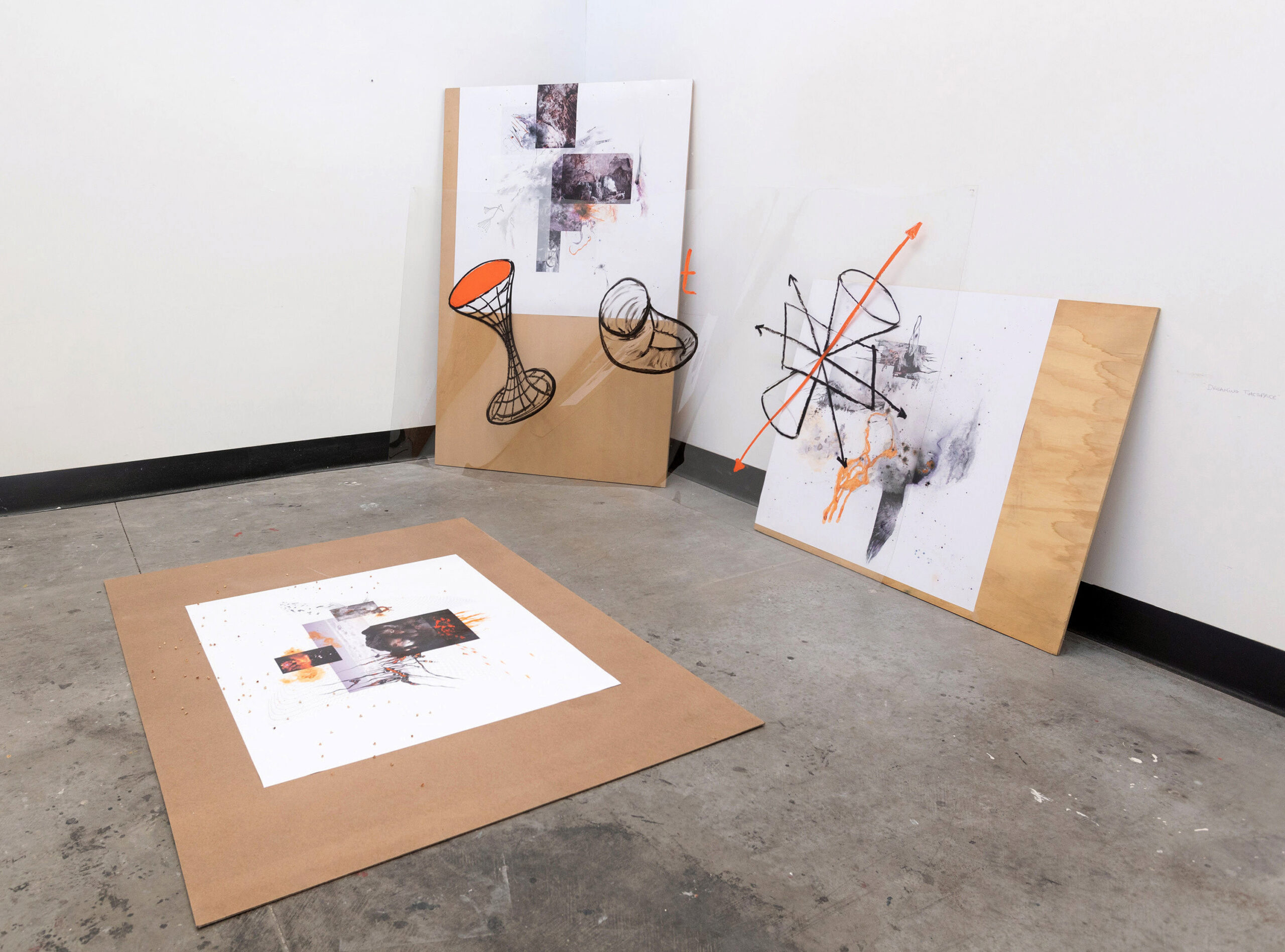
Back to top
A New Lifestyle
A New Lifestyle
x
If one searches in a dictionary the meaning of the word lifestyle, she/he will probably read that it simply means the way one lives her or his life. The term was first coined in 1929 by psychologist Alfred Adler but it started being utilized in the sense that we recognize it today in the late 1950s. Following a short consideration after all, one can easily conclude that it would not have made sense for the term to exist before that time. The real period of prosperity for humanity commences only after the Second World War with the rise of the middle class, limited nonetheless to a particular part of humanity, the part known as the ‘Western world’.

We are the lucky ones. Mostly those of us who grew up in certain areas of Europe and North America from the 70’s and onwards. We are the ones lucky enough to have experienced this era of prosperity that we are still enjoying today. This period introduced a new way of life which was not based on ensuring survival but comfort. This is not reprehensible on its own, since if there is any truth about our otherwise ephemeral and insignificant existence, in a cosmic (but perhaps also planetary) context, it can be found in being happy with our choices and in experiencing pleasure during our existence.
This normal tendency of humans to avoid pain, in any form, is inextricably linked to our mortality and each one of us expresses it in diverse ways. Concurrently, a large portion of the human race lives in societies that were created for this very purpose: to provide a secure framework. In these societies we are constantly searching for ways to feel better, often projecting what pleases us, or at least what we think will please us. This in a way (having solved our basic survival needs -nutrition, accommodation & protective clothing-) is how consumerism was born and especially in its’ most excessive forms.
Today we are surrounded by a myriad of things that are either not necessary or that do not have any special emotional or symbolic value to us. In other words, things that do not actually contribute to the promotion of our individual happiness but in a strange way express nonetheless our lifestyle, that is, the way we live. We realize at the same time, perhaps now more than ever, how important interpersonal relationships can be. But before man became a political being, as Aristotle put it, man was and remains just another simple being. In other words, we have forgotten that we are part of this natural world that we call planet Earth. We are one of the many species that inhabit this infinitesimally small rock that hovers in space inextricably linked to the fiery sphere that gives it life.
A small planet that is however full of life on multiple levels, most of which we ignore. A planet that has had already a long existence (about 4.6 billion years) that we can’t even begin to grasp, since the human species (and I am referring here to Homo Sapiens, considered to be the direct ancestor of contemporary man) appeared only 300,000 years ago. Nevertheless, we were fortunate enough to have our brain developed in such a way that it allowed us not just to survive against all odds, but also to be able to transfer the acquired knowledge from each generation to the next. Furthermore, we have developed the faculty of imagination which allows us to transcend our own limits but not those of nature.
As a result of all the above, we have gathered a huge amount of information and knowledge that has allowed us to facilitate our lives unimaginably by transforming the natural resources of this planet in a variety of ways. We have explored almost every corner of the planet while having transformed a large percentage of its’ surface, always aiming to improve our living conditions. This continuous activity though, has caused a climate change and mass extinctions of species that without the ‘contribution’ of humans would have taken place in hundreds of thousands of years instead of a few decades, as is now the case. Planet Earth does not need us. The changes in its surface, as well as the change in the diversity of life that lives on it, are normal events in the context of its planetary existence.
For beings like us though, such drastic changes are directly related to our future survival and evermore with our present lives. In other words, our excessive lifestyle, our current lifestyle, threatens to bring its own demise. But what can we do to avoid the loss of our present ‘comfortable’ way of life? The answer to this question is not a single one. It is though directly related to the realization of our position on this planet which is certainly not that of the dominant species but that of a mere part in a larger whole.
We need a concentrated global effort that will revise our relationship with the rest of the natural world around us. As utopian as it may sound, it is something that could be achieved to a large extent if humanity implemented the teachings of past cultures, that were in tune with nature, while utilizing the existing scientific knowledge. Such an endeavor can only start from each one of us, especially us, the lucky ones, who don’t need to worry about our everyday survival. We need to create a new lifestyle that is not based on the logic of single use but chooses instead objects and services that respect the environment and the other species on the planet. A lifestyle that is not based on ephemeral entertainment but on meaningful recreation that renders us more aware as much as happier. A lifestyle that brings us closer to nature instead of isolating us from her, teaching us to respect and maintain the natural world through our personal, social and commercial choices. A lifestyle finally, that makes us content not through the amount of our acquisitions but through the awareness of the value of the things that give meaning to our own existence.
Back to top
( 2021 ) TETRAEDRO [group exhibition] curated by Alberto Zanchetta @ Otto Gallery (Bologna, Italy)
TETRAEDRO
x
Back to top
Olofragments
Olofragments
x
: STONE AS MODEL
Eternal beginning,
of slow time.
Timeless piece of relentless transformation.
A part of matter,
That is all matter itself.
A fragment.
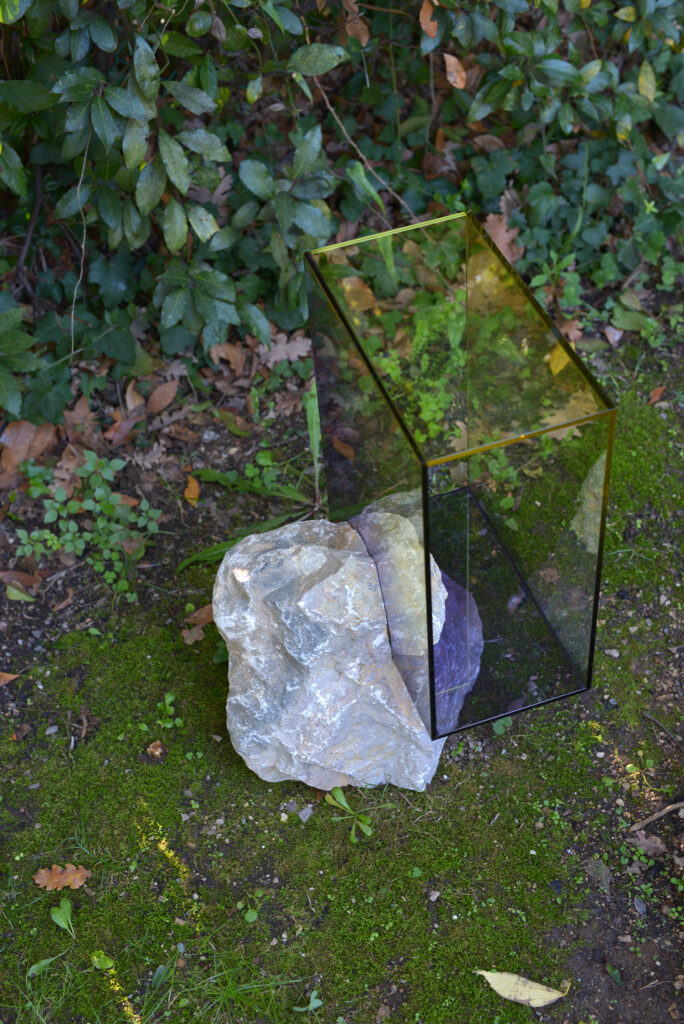






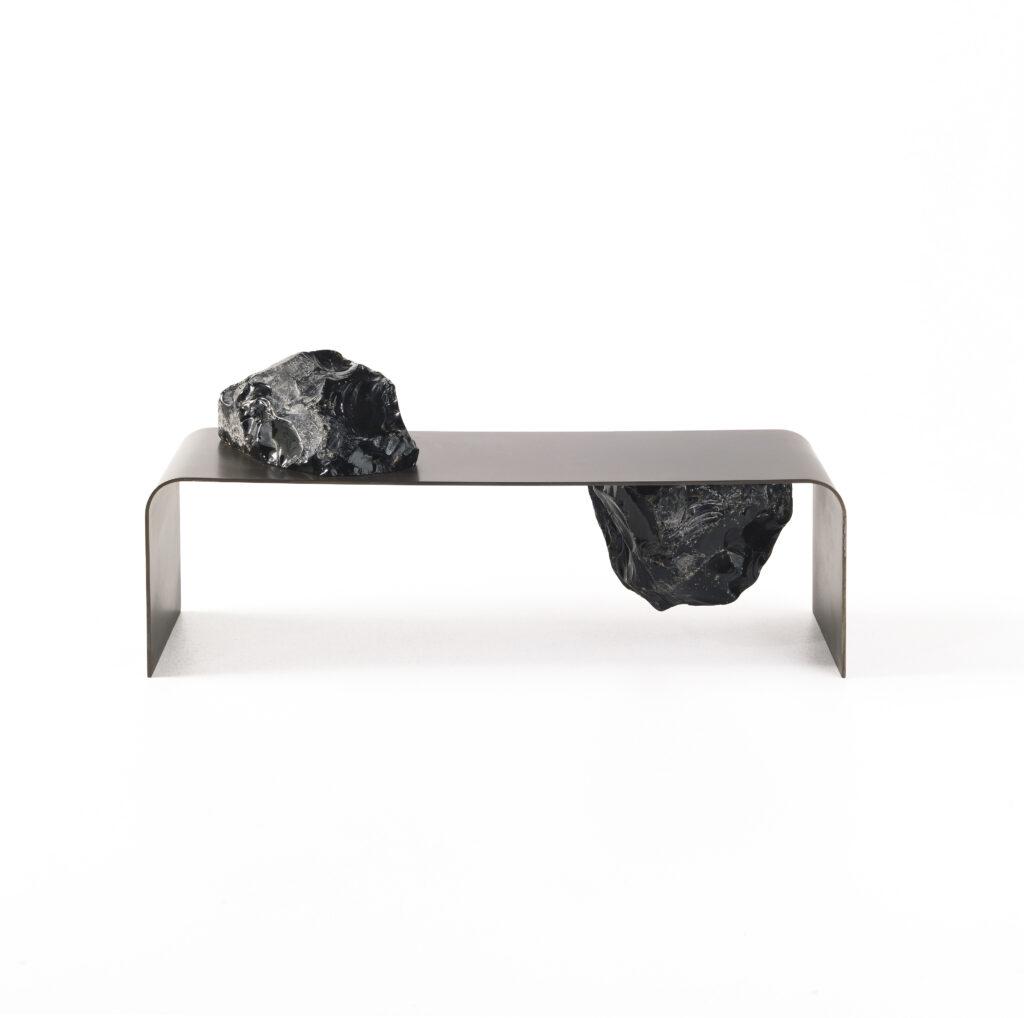





Back to top
( 2021 ) COSMOS [group exhibition] curated by Thomas Hertog & Marie Pok @ CID Le Grand Hornu (Hornu, Belgium)
COSMOS
x
Back to top
( 2020 ) ANOTHER NATURE [group exhibition] curated by CTRLZAK @ Oniro Showroom (Milan, Italy)
ANOTHER NATURE
x
Back to top
Between Realms
Between Realms
x
(text by Anna Longo)
Time is the moving image of eternity. This is how Plato, in the Timaeus, defines time in our world, punctuated by the regular movement of the stars. The cosmos created by the Demiurge is a living organism whose temporal existence is marked by repetitive cycles that animate it like pulsations and breathings. But this transitory world is nothing but the reflection of eternity, of Aion, time that does not itself pass but allows for the existence of our time which does pass. According to the myth narrated in Timaeus, the world was created by a divine artisan, artist, philosopher and scientist: an artist in being able to give a sensitive form to the idea, to give it substance in matter; a philosopher for the speculative capacity to contemplate the ideas, truths abstract and eternal; a scientist for the mathematical rigour of the laws that govern reality and render it intelligible. But in what spacetime does the Demiurge operate? The proposed hypothesis is that the Realm of ΑΘΑΝΑ (ATHΑΝΑ) is the interstitial dimension of creation, the liminal space-time between the a-temporal eternity of Aion and the empirical transience of its image, namely Chronos.








Therefore, as a philosopher, the demiurge accesses the eternal idea and, as a scientist, provides the laws that allow the succession of events to unfold according to a certain necessary order in line with a set mechanism that follows certain rules or laws that ensure its functionality. But it is as an artist that the demiurge has the possibility to choose the perceptible appearance and the rules of the world that are realised as an image of the idea, or in other words which film, of all possible films, will form the most appropriate image of the intuition. In fact, the same idea, as a virtual one, can be embodied to a plurality of worlds, or rather its image can.

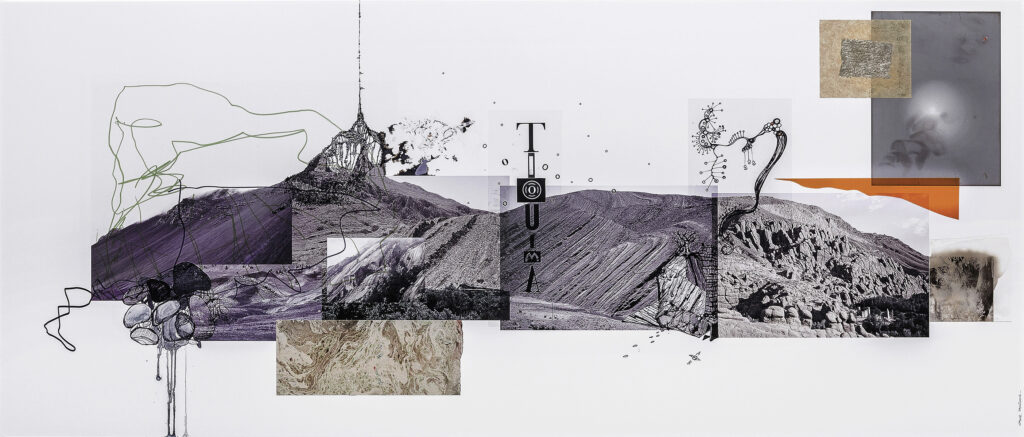



In this exhibition therefore, we are offered the point of view of the demiurge’s interstitial dimension, the present between eternity and sequential perception. The works presented, do not reproduce in fact the chronological sequence of their production, as in a retrospective, but the exhibition makes explicit the sense of creation as the production of a moving image of eternity. Contrary to what happens in a retrospective exhibition, that allows us to look into the past according to the incidence of the facts (order of perception), here we access the present which is the condition of creation of each past and, for this reason, the images overlap without respecting a chronological order. From the point of view of the demiurge, to which we find ourselves elevated, the various frames are shown in the simultaneity of the present, a present which is the moment of creation for the entirety of the series, rather than the present of the perception that would last a sensible encounter. The exhibition makes us aware of the fact that our personal history, the sequence of events that we have experienced subjectively and the things we have done, is a series of frames necessarily linked together according to the rules and laws that render it coherent in its totality as in a film, a cosmos which nonetheless, like all other things, does not have in itself any necessity.


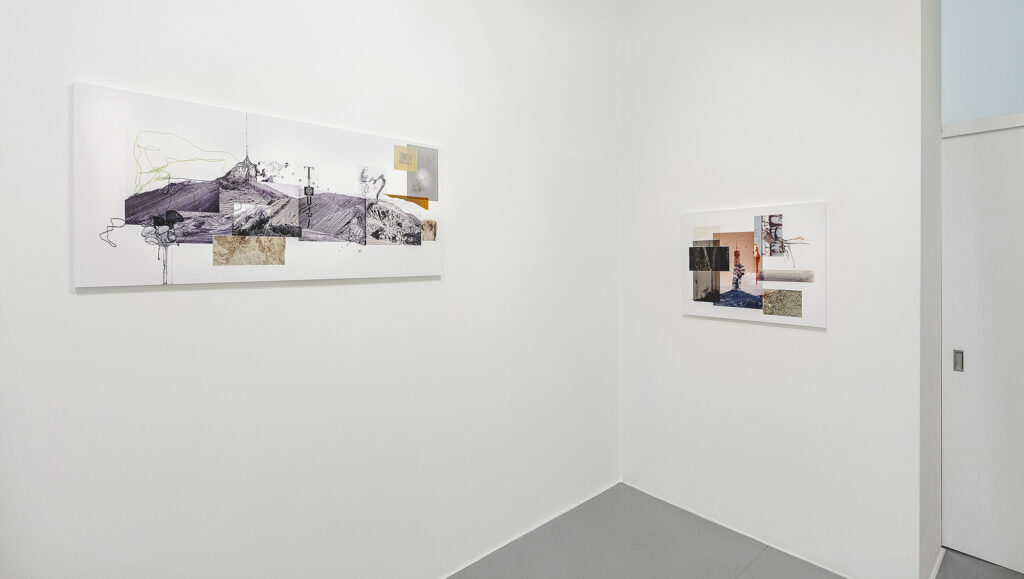

ΑΘΑΝΑ therefore, is not a retrospective exhibition but a short-circuit of sorts, thanks to which we can intuitively access the ideal conditions of the exhibition’s creation as a temporal dimension in which we are observers. We are called in fact, to elevate ourselves not only to the perspective of the artist who produces the spacetime of our own perception of the exhibition, but to go further, to look beyond the mirror and see that on the other side eternity is reflected. ΑΘΑΝΑ is the present of creation that makes possible the duration of perception but which also makes us aware that every creative act is, in reality, the production of a moving image of eternity.

Back to top
( 2019 ) HIGH FRUCTOSE CORN SYRUP [group exhibition] @ CalArts Exhibition Hall (Los Angeles, USA)
HIGH FRUCTOSE CORN SYRUP
x
Back to top
FireMaking
FireMaking
x
First comes the composition of the firewood in a structure that allows the fire itself to arise and then gradually grow. Then when the fire has started consuming the logs and the right moment arises, comes the recording of that instant. The impression of a continuously shifting entity that is in constant transformation while maintaining the ability to sustain its newly found existence by consuming itself, little by little. When everything is consumed the memory of the fleeting moment remains and the mind adds the rest in order to create a composition that is past, instant and extension in one drawing: a fire.










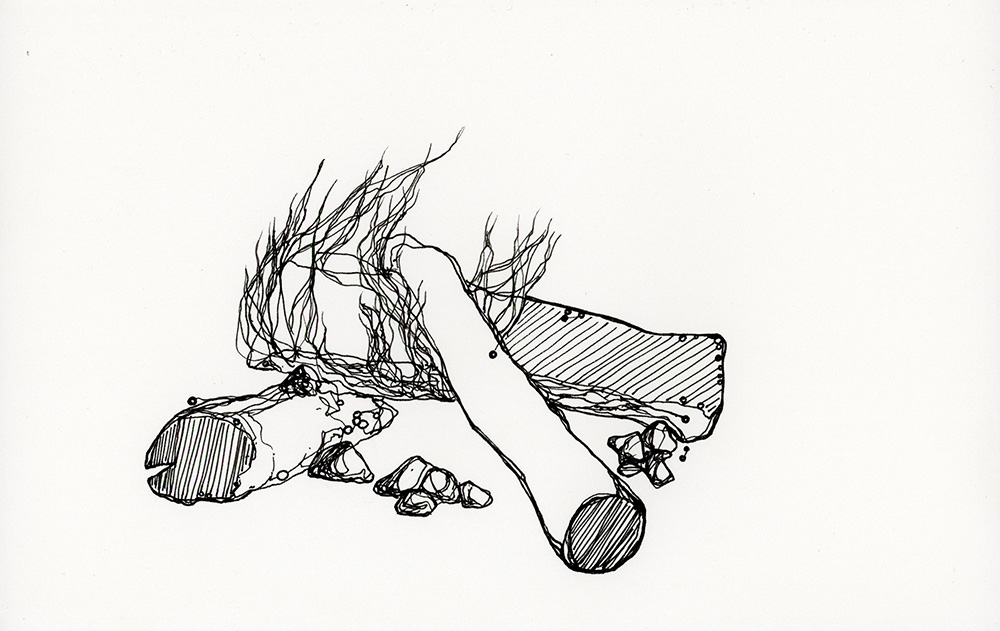












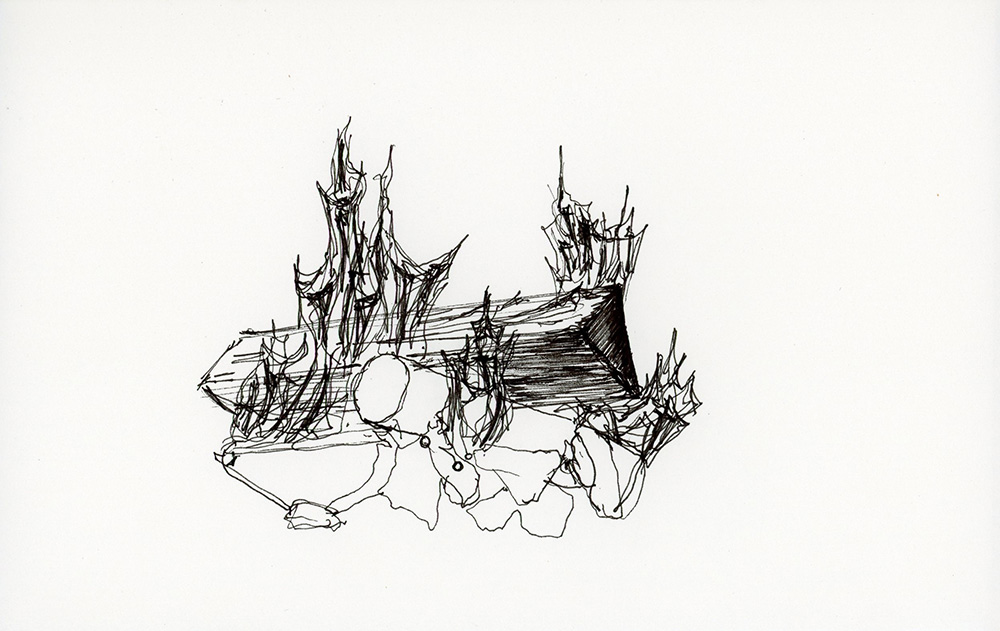









Back to top
( 2019 ) ΑΘΑΝΑ TIMESPACE [personal exhibition] @ CalArts Studios (Los Angeles, USA)
ΑΘΑΝΑ TIMESPACE
x
Back to top
( 2018 ) BETWEEN REALMS [personal exhibition] @ Bianconi Gallery (Milan, Italy)
BETWEEN REALMS
x
Back to top
( 2018 ) THE LIMITS TO GROWTH [group exhibition] curated by Marie Pok @ CID Le Grand Hornu (Hornu, Belgium)
THE LIMITS TO GROWTH
x
Back to top
( 2018 ) WORLDS UNSEEN [group exhibition] curated by CTRLZAK @ Bianconi Gallery (Milan, Italy)
WORLDS UNSEEN
x
Back to top
DeepTime
DeepTime
x
Few of us have any conception of the enormous timescales in our planet’s long history, and this narrow perspective underlies many of the environmental problems we are creating for ourselves. Deep time is a term related to the concept of geologic time which entails huge changes over the age of the Earth. A deep understanding of the history and processes of our planet provides us with the inspiration and the guidelines for our own effective functioning as individuals and as a species on this ‘pale blue dot’.




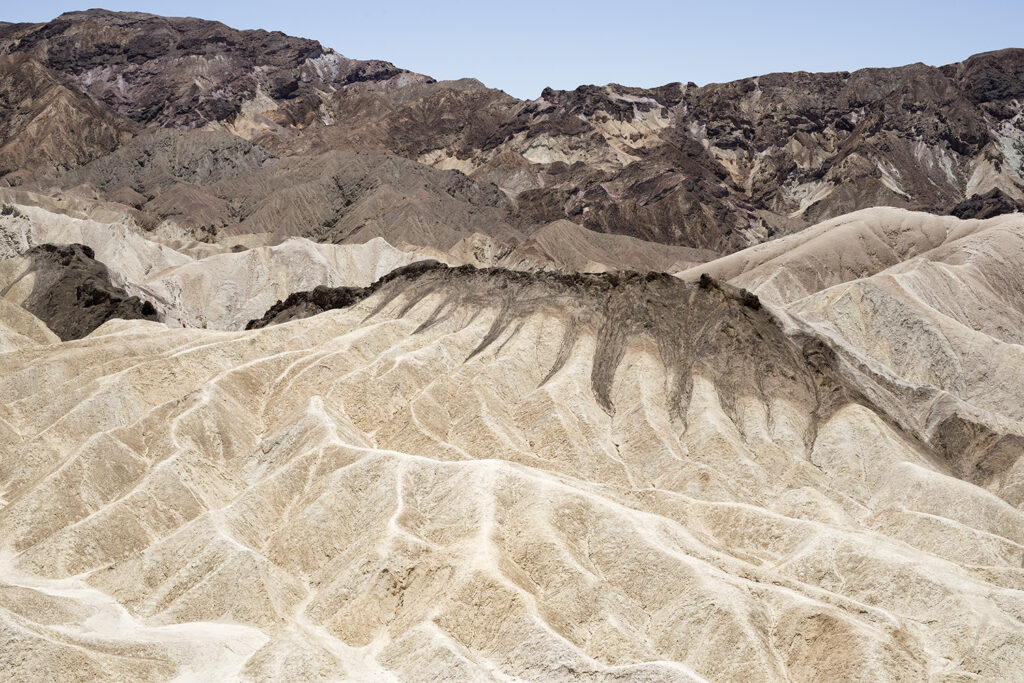



This series of photographs is a small selection that depicts one of Earth’s biggest geological calendars located in the -unjustly named- Death Valley National Park. The oldest rocks in the area are extensively metamorphosed by intense heat and pressure and are at least 1700 million years old. These rocks were intruded by a mass of granite 1400 Ma (million years ago) and later uplifted and exposed to nearly 500 million years of erosion.

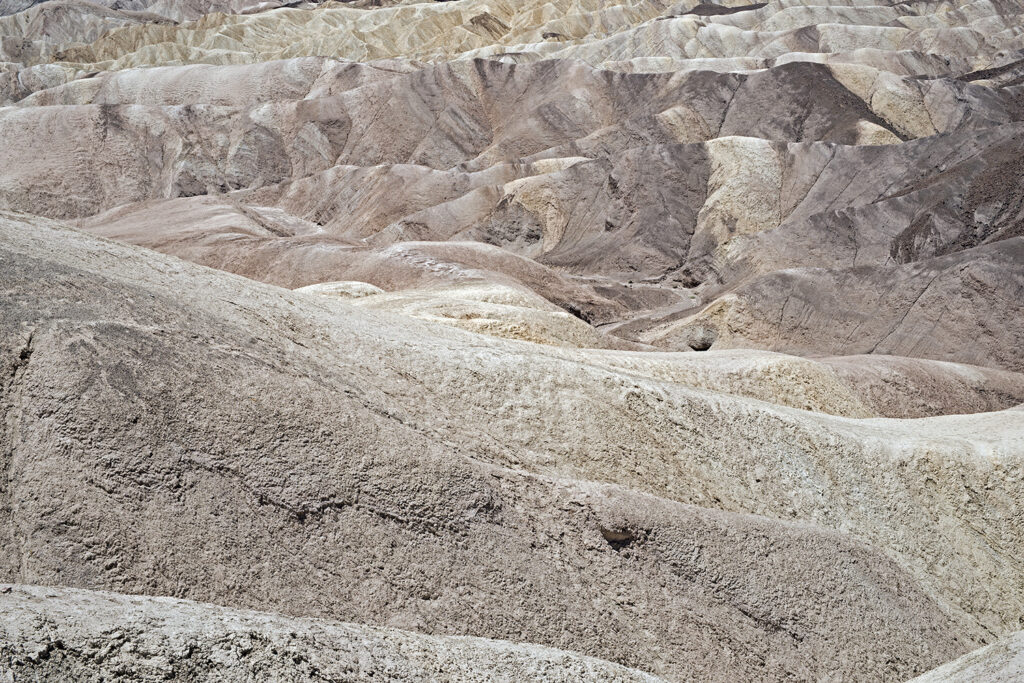




Death Valley’s landscape has been changing for millions of years. It is changing now, and will continue to change long after we have departed. Erosion slowly carves away at the ancient rock formations, reshaping the surface of the land. The basin continues to subside and the mountains rise ever higher and our understanding of this fact can affect the future of this planet of which we are at the present moment part of.






Back to top
( 2017 ) EXTINCTO [personal exhibition with CTRLZAK studio] curated by Alberto Zanchetta @ Museo d'Arte Contemporanea (Lissone, Italy)
EXTINCTO
x
Back to top
( 2017 ) WHITE FLAG curated by Silvana Annichiarico & Giorgio Camuffo @ Triennale di Milano (Milan, Italy)
WHITE FLAG
x
Back to top
Extincto
Extincto
x
: Paradigms From The Anthropocene
Following a meticulous research with the team of CTRLZAK studio, a number of emblematic cases were analysed and a series of artworks were created reflecting upon species extinction as a result of human intervention. A compendium booklet was also created that aims to inform on the subject, utilising creative expression (drawings, collages, songs, stories etc.) as a filter. The exhibition at the Museum of Contemporary Art (MAC) of Lissone, became a moment of encounter and a point of reflection on the problem of species extinction and its’ possible repercussions in the near future, as well as the role of humankind on earth.

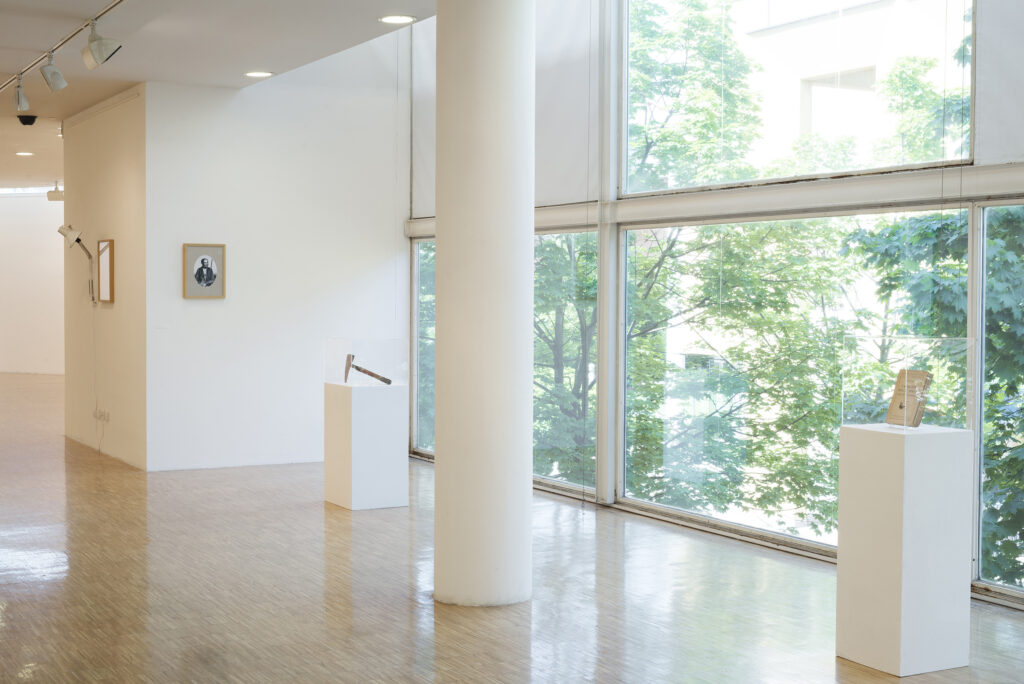






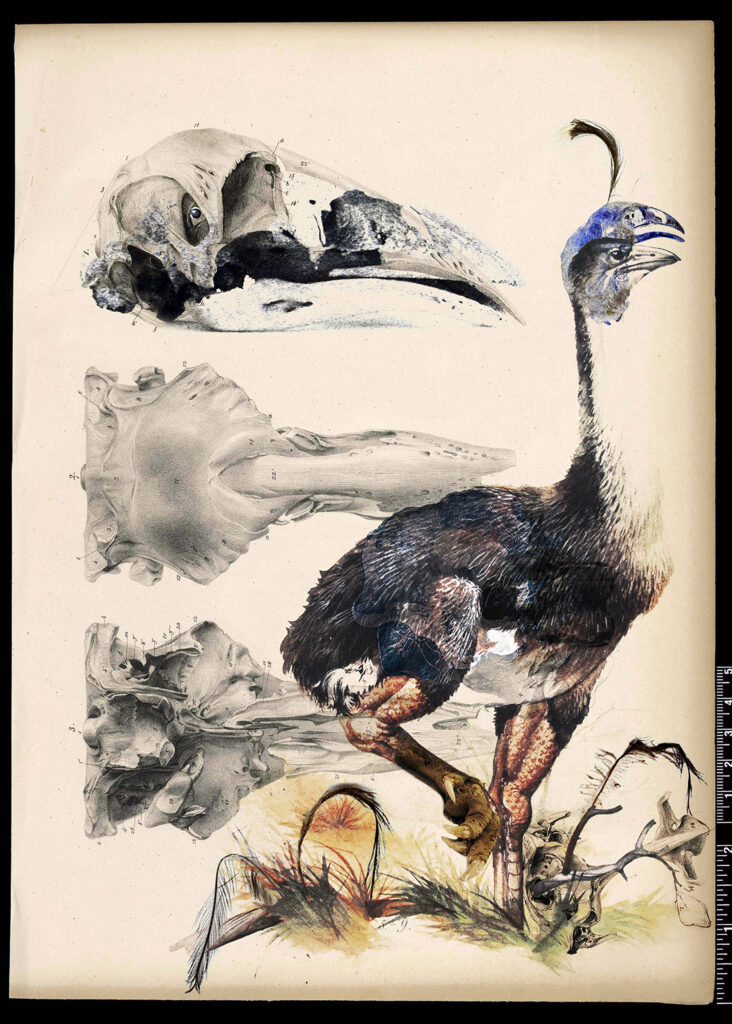








Back to top
( 2016 ) COMPENDIO DI PITTURA II [group exhibition] curated by Alberto Zanchetta & Matteo Fato @ Bianconi Gallery (Milan, Italy)
COMPENDIO DI PITTURA II
x
Back to top
( 2016 ) CASA CANVAS PROJECT [group exhibition] curated by Laura Gabelotto @ Casa Canvas (Carate, Italy)
CASA CANVAS PROJECT
x
Back to top
( 2016 ) TRANS-DESIGN: NEW CREATURES [group exhibition] curated by Feng Feng @ West Bund Art Center (Shanghai, China)
TRANS-DESIGN: NEW CREATURES
x
Back to top
( 2016 ) NEW CREATURES [group exhibition] curated by Feng Feng @ OCT Art & Design Gallery (Shenzhen, China)
NEW CREATURES
x
Back to top
Logos: Anima Mundi
Logos: Anima Mundi
x
Constantly regard the universe as one living being, having one substance and one soul; and observe how all things have reference to one perception, the perception of this one living being; and how all things act with one movement; and how all things are the cooperating causes of all things that exist; observe too the continuous spinning of the thread and the structure of the web. —Marcus Aurelius, Meditations, iv. 40.

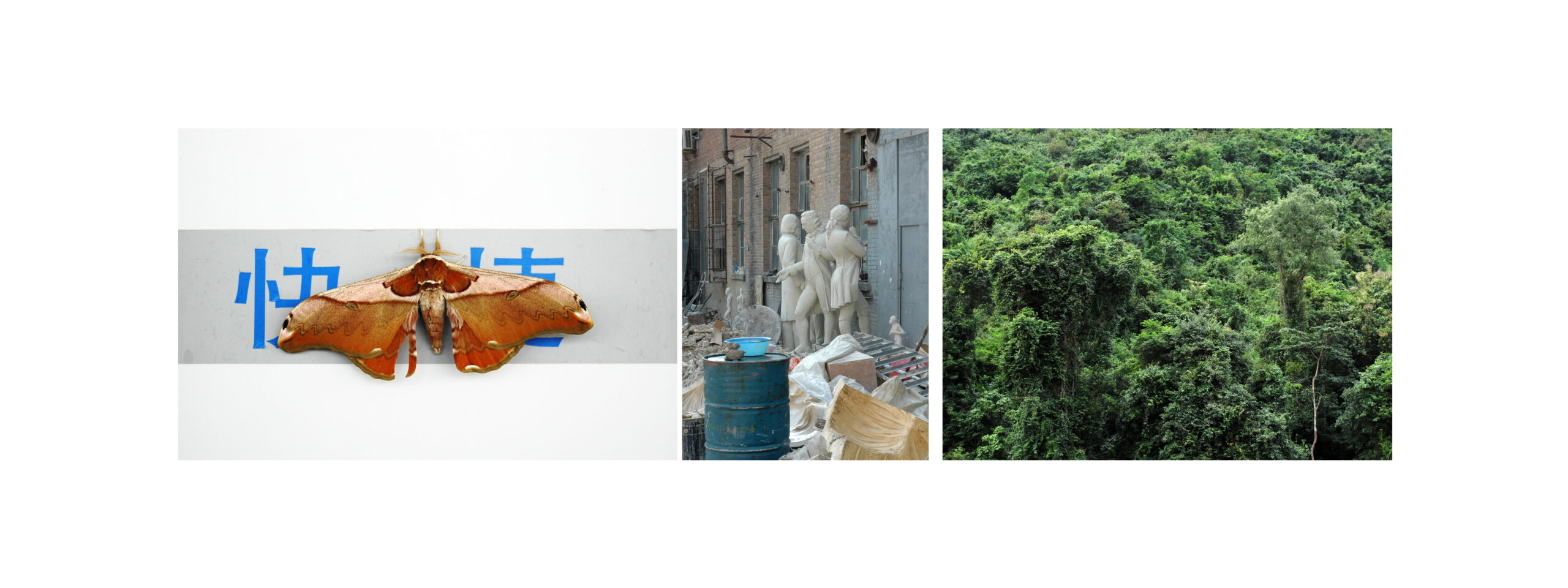




Back to top
( 2015 ) NON ESISTONO OGGETTI BRUTTI [an interdisciplinary project] curated by Alberto Zanchetta & Thanos Zakopoulos @ Bianconi Gallery (Milan, Italy)
NON ESISTONO OGGETTI BRUTTI
x
Back to top
( 2015 ) POST-HUMAN [group exhibition] curated by Maurizio Caldirola @ MARCO Contemporary Art Centre (Monza, Italy)
POST-HUMAN
x
Back to top
( 2015 ) PARADIGMS OF A HYBRID WORLD [personal exhibition with CTRLZAK studio] @ Spazio Otto (Milan, Italy)
PARADIGMS OF A HYBRID WORLD
x
Back to top
Co-Existence
Co-Existence
x
Two entities intermingled with each other. Tree & Stone. A primordial relationship that happens ‘naturally’ without apparent benefits but with ‘deep’ significance. The tree embraces the stone and the stone alters the tree’s existence in a continuous slow transformation for both entities. Organic and inorganic become one creating thus a new entity that characterises the surface of this planet. Parallel structures that find similarities in their external form through the alteration of time revealing a common past & future. A symbiotic co-existence that becomes the paradigm of a profound union laden with meanings.







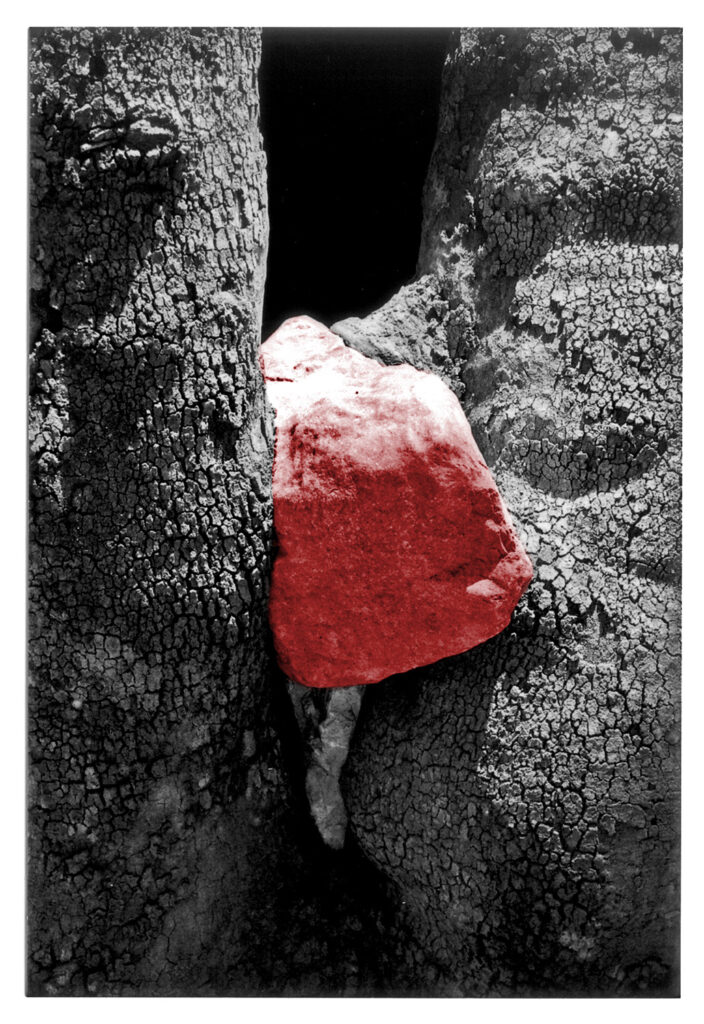




Back to top
( 2015 ) ARTEFIERA BOLOGNA [participation with Maurizio Caldirola Gallery] (Bologna, Italy)
ARTEFIERA BOLOGNA
x
Back to top
( 2014 ) RITUALE DI TRASFORMAZIONE [performance with Katia Meneghini] @ Adiacenze Gallery (Bologna, Italy)
RITUALE DI TRASFORMAZIONE
x
Back to top
( 2014 ) DISFUNZIONE MEDITERRANEA [group exhibition] curated by Alberto Zanchetta @ Otto Gallery (Bologna, Italy)
DISFUNZIONE MEDITERRANEA
x
Back to top
Lao Green
Lao Green
x
A photo study inspired by the forests of Lao which grow on the banks on the river Mekong. An immersion to the colour green seen from the outside, from the point of view of a spectator. Nature just as colour-chart?



Back to top
( 2013 ) 1:1 STOPOVER [group exhibition] curated by Cittadellarte @ MSUM (Ljubljana, Slovenia)
1:1 STOPOVER
x
Back to top
( 2013 ) HYBRIDIZATION IS THE NEW AUTHENTICATION [group exhibition] curated by Dean Brown & Erica Fusaro @ ilivetomorrow Gallery (Hong Kong, HK)
HYBRIDIZATION IS THE NEW AUTHENTICATION
x
Back to top
Non Esistono Oggetti Brutti
Non Esistono Oggetti Brutti
x

Having as a starting point the phrase by famous Italian architect Franco Albini – ‘There are no ugly objects, you just need to know how to exhibit them’- a site specific exhibition was created where the real artwork is the exhibition itself. Starting from an idea by Alberto Zanchetta (art curator & critic) we selected artworks from the Bianconi gallery depot and enriched the exhibition with other pieces and objects that we borrowed from artists and designers while we also created some artworks specifically for the occasion. The result was a contemporary ‘Wunderkammer’ where each area was a piece in itself while all the works where positioned in a way where new meanings emerged from the interaction of one work to the other.

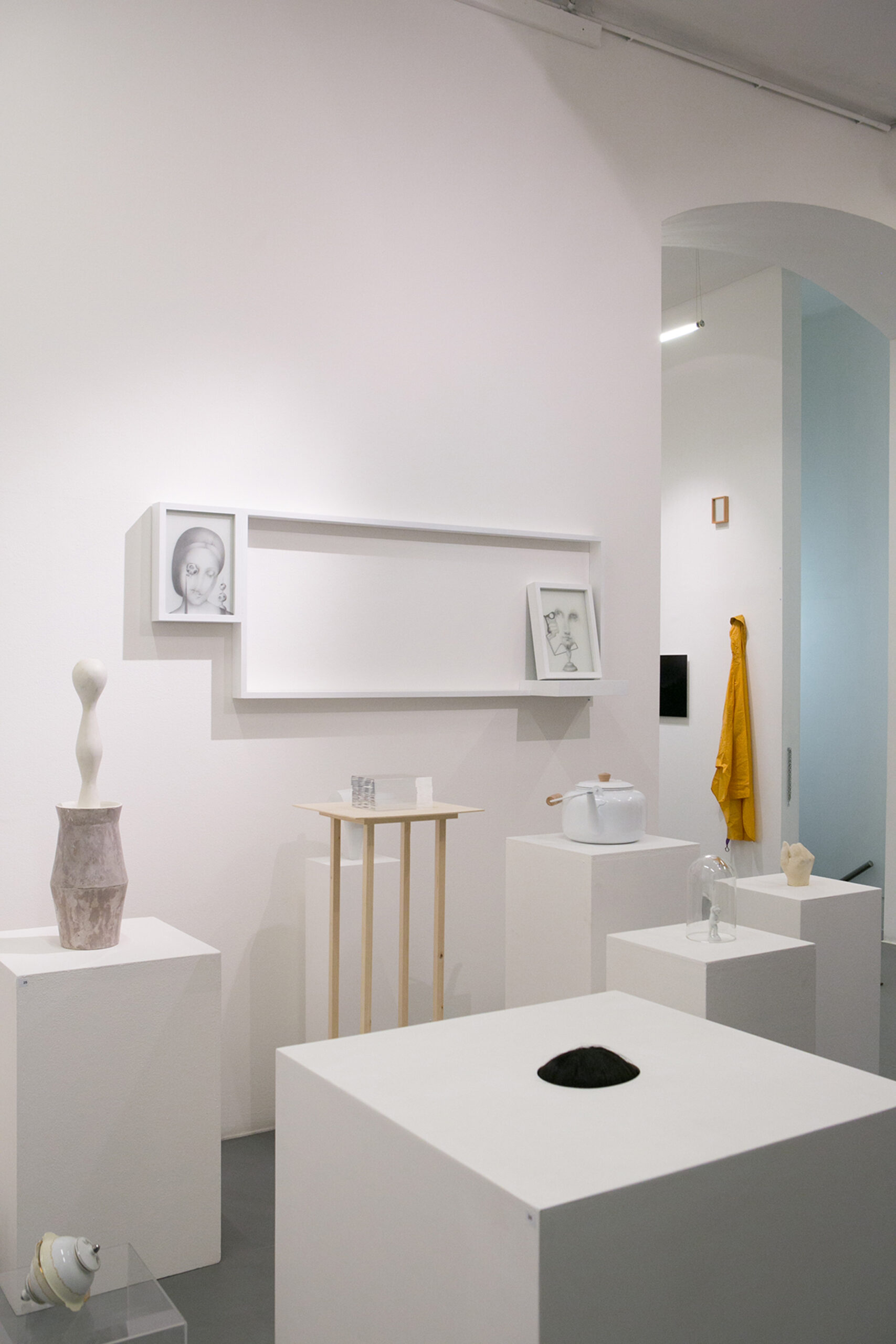










Back to top
( 2013 ) AERAS TEHNIS [personal exhibition] curated by CTRLZAK @ Atelier Spyros Vassiliou (Eretria, Greece)
AERAS TEHNIS
x
Back to top
Huaneng Jungle
Huaneng Jungle
x
A project commissioned by a Chinese banking company for their new offices. Bank organizations often use the tree as a symbol of stability (roots), growth (branches) and trust (a recognizable nature-related image). In this case the trees are contorted, twisted and seemingly the indicated way-out is not certain… Welcome to the jungle.
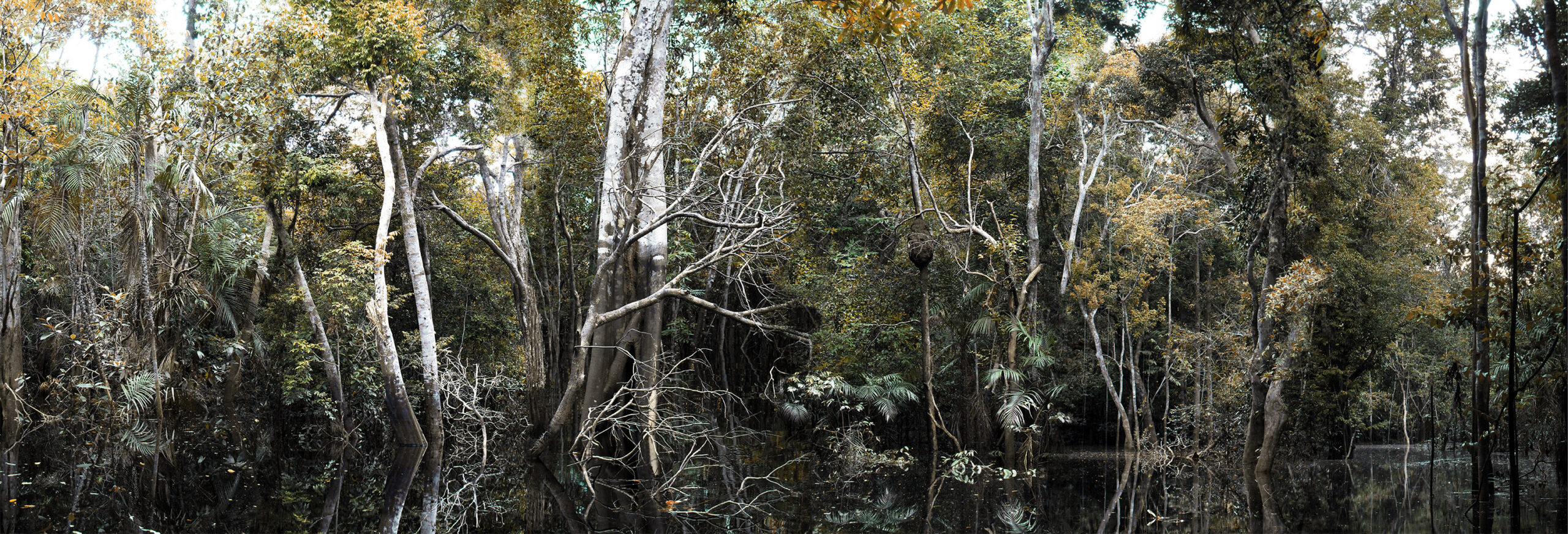









Back to top
( 2013 ) COLLIDER / ΜΗ-TOΠΟΣ /非地/ SICHTFELD [personal exhibition] curated by Sergio Daolio @ Secondopiano (Milan, Italy)
COLLIDER / ΜΗ-TOΠΟΣ /非地/ SICHTFELD
x
Back to top
Alice In Fatherland
Alice In Fatherland
x
Alice is molested. Alice has lost her innocence. Alice is no longer a child and she has learned that the hard way. Alice lives in a male dominated world. Alice is living/leaving her fantasies. Alice is discovering her real nature. Alice is a woman. Or not.



